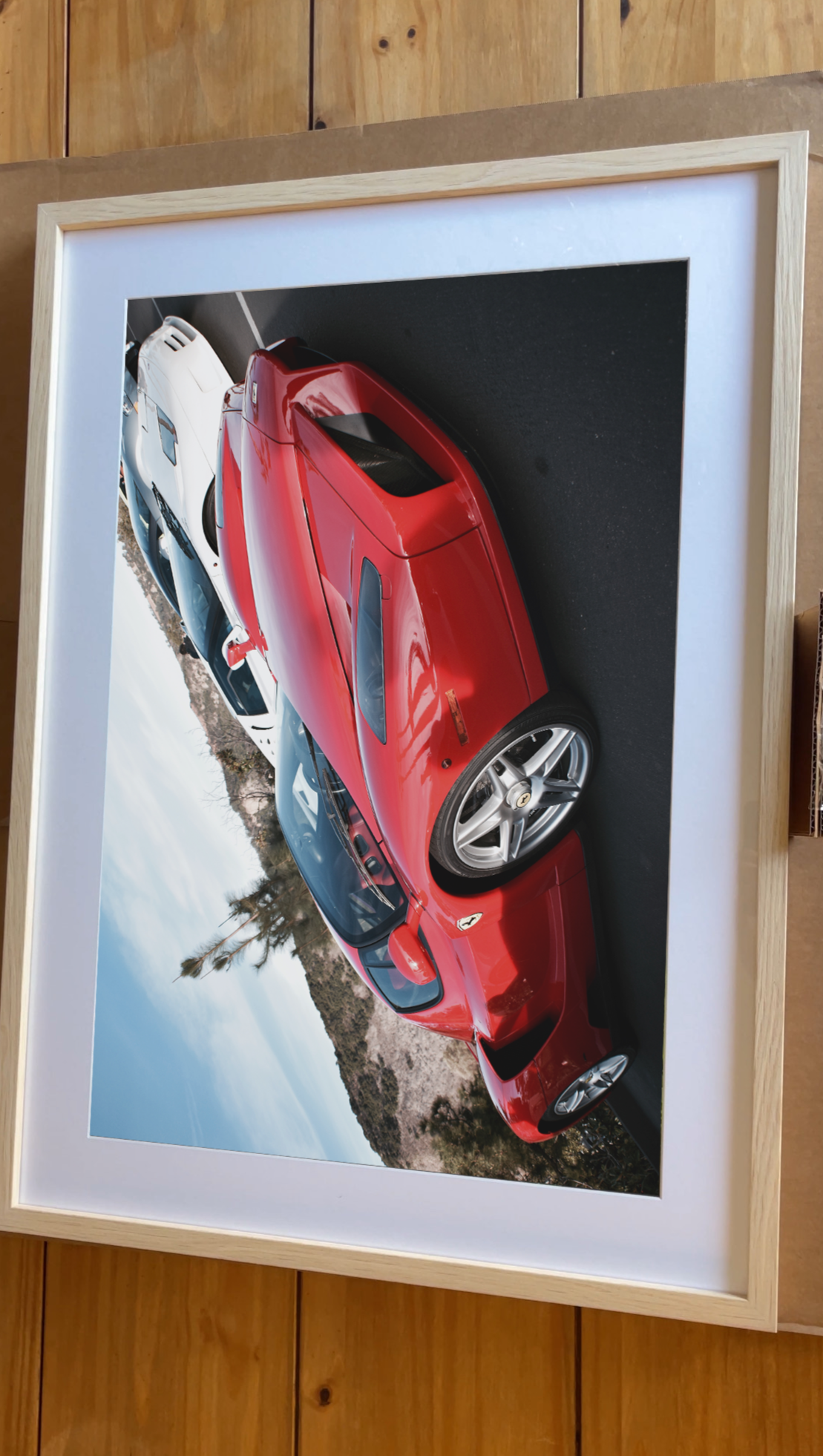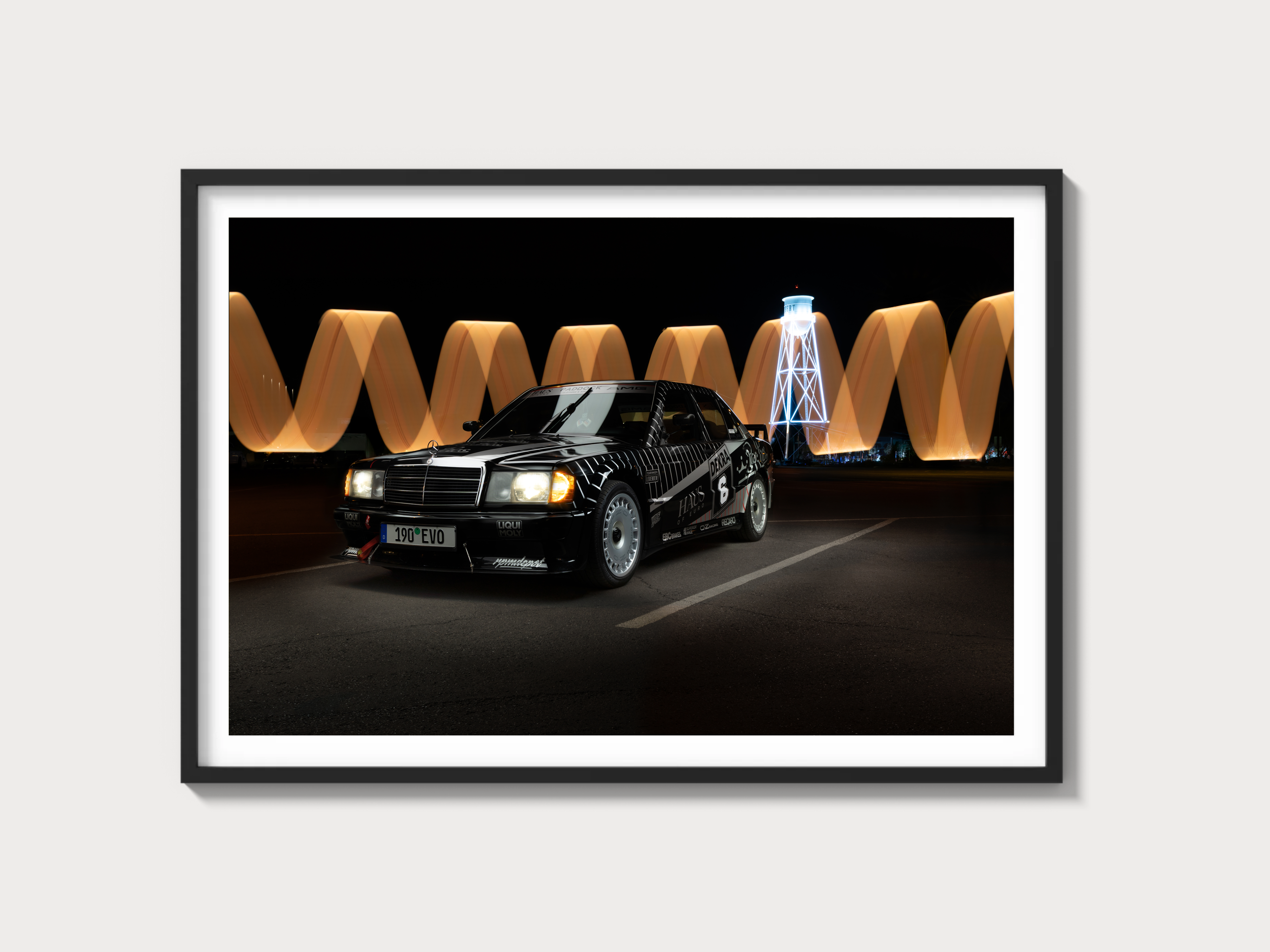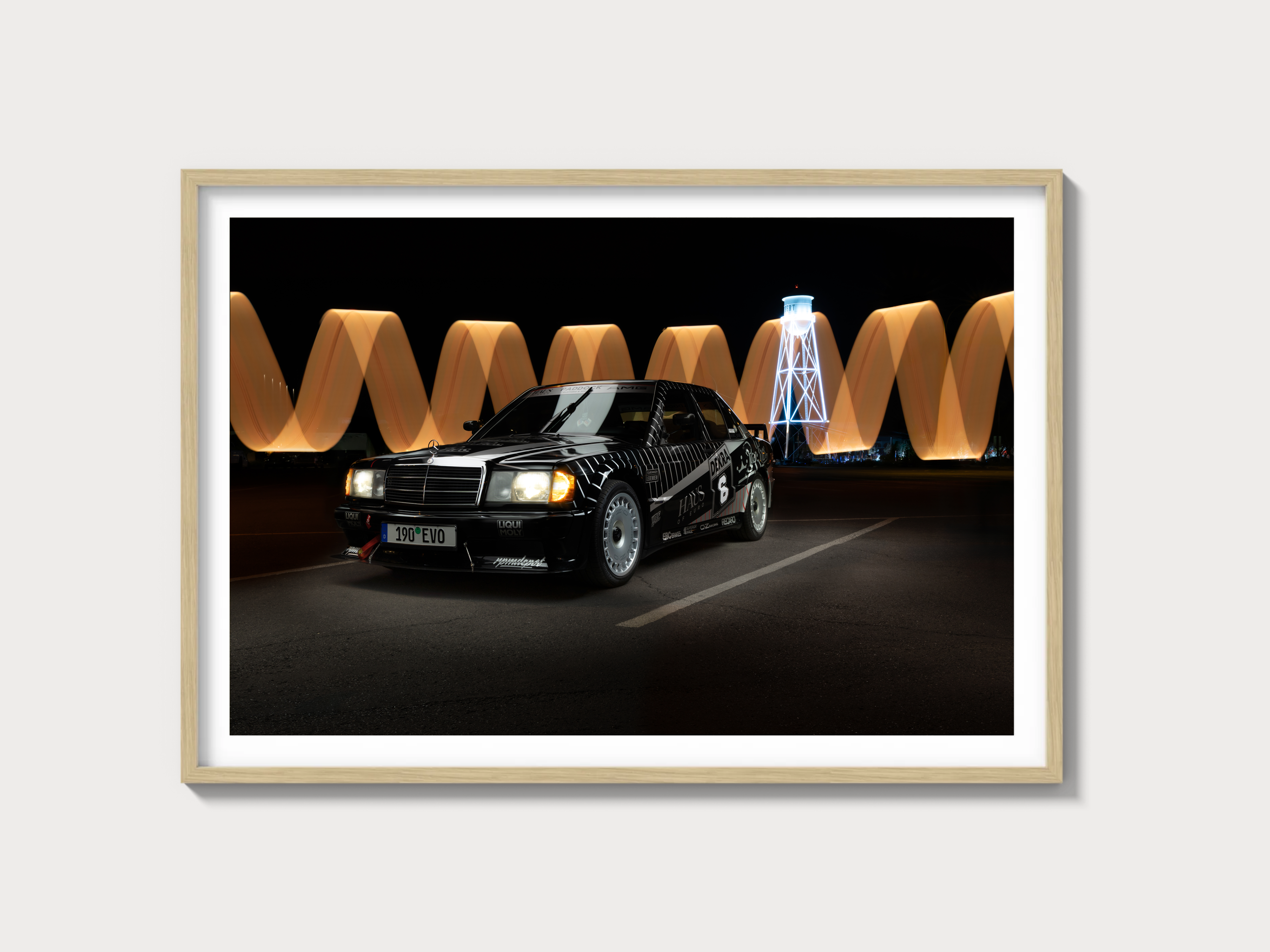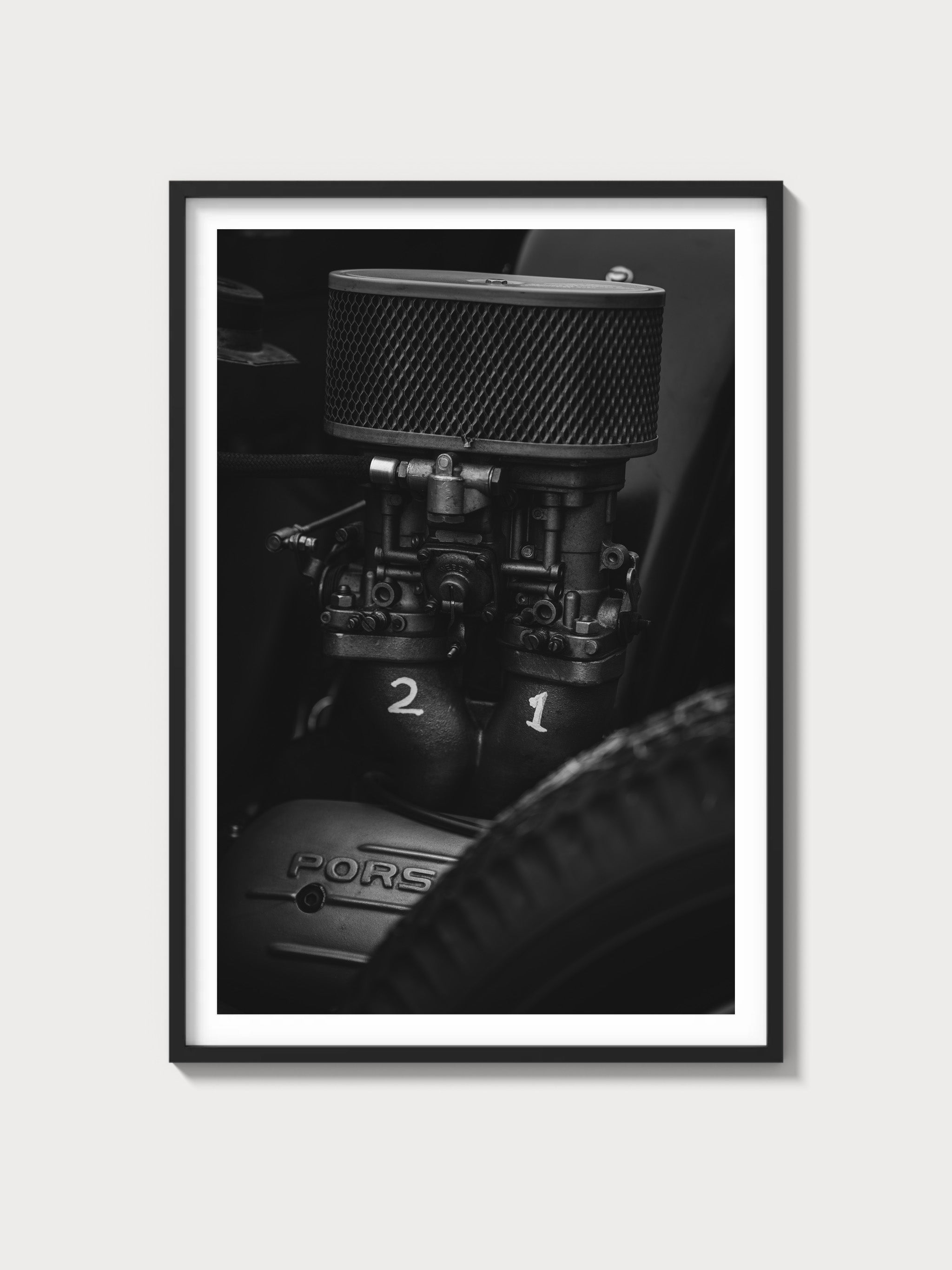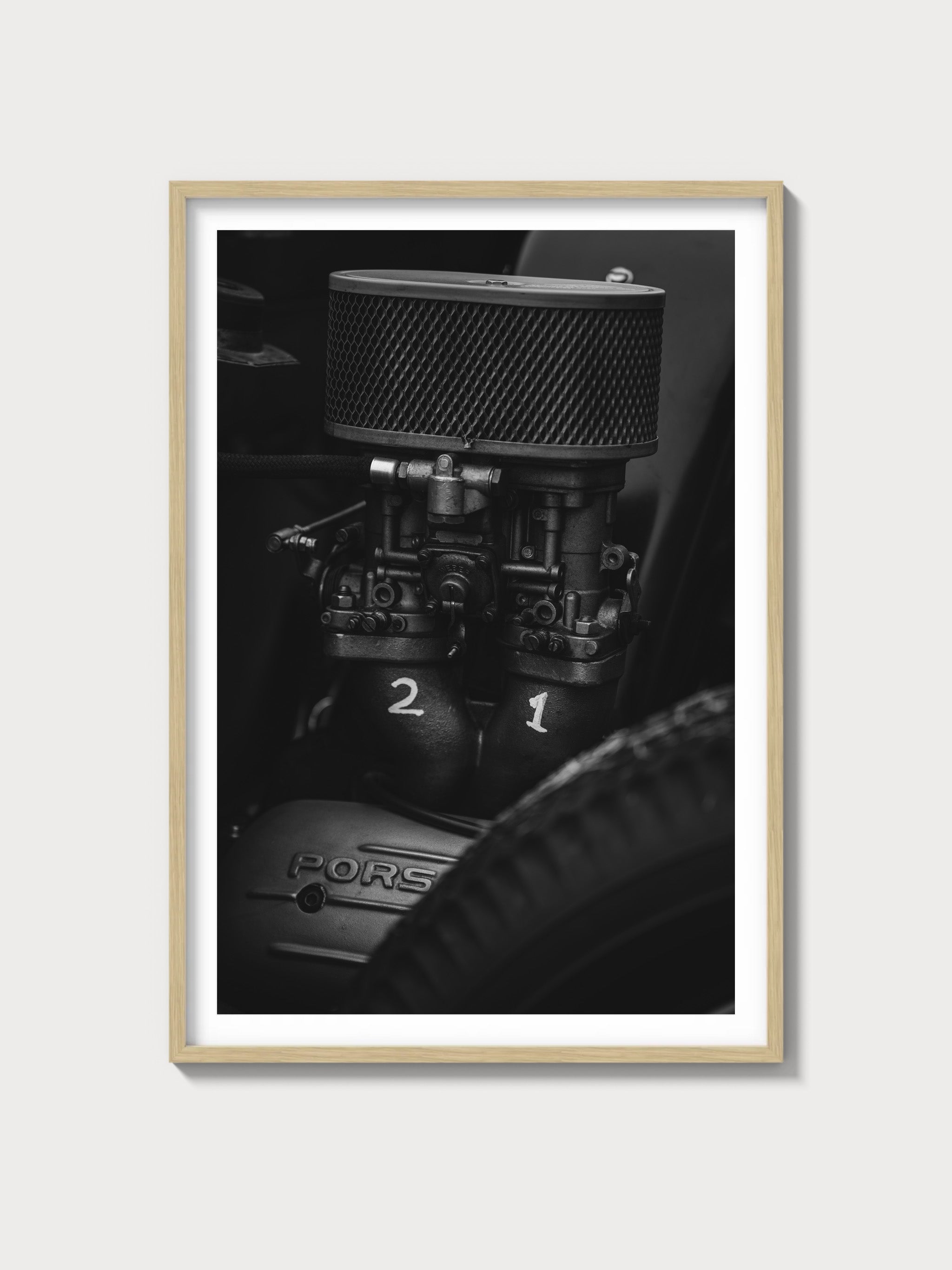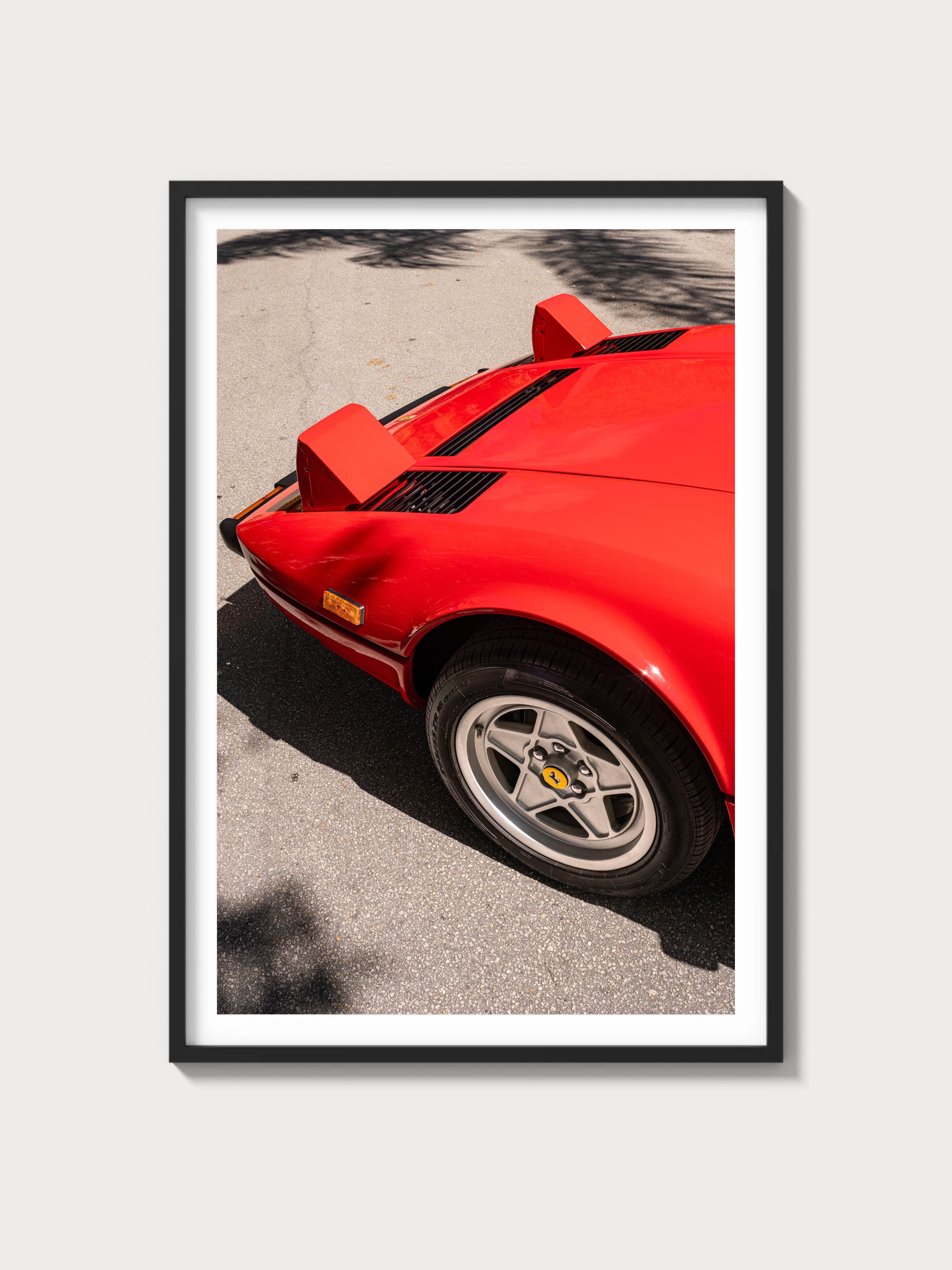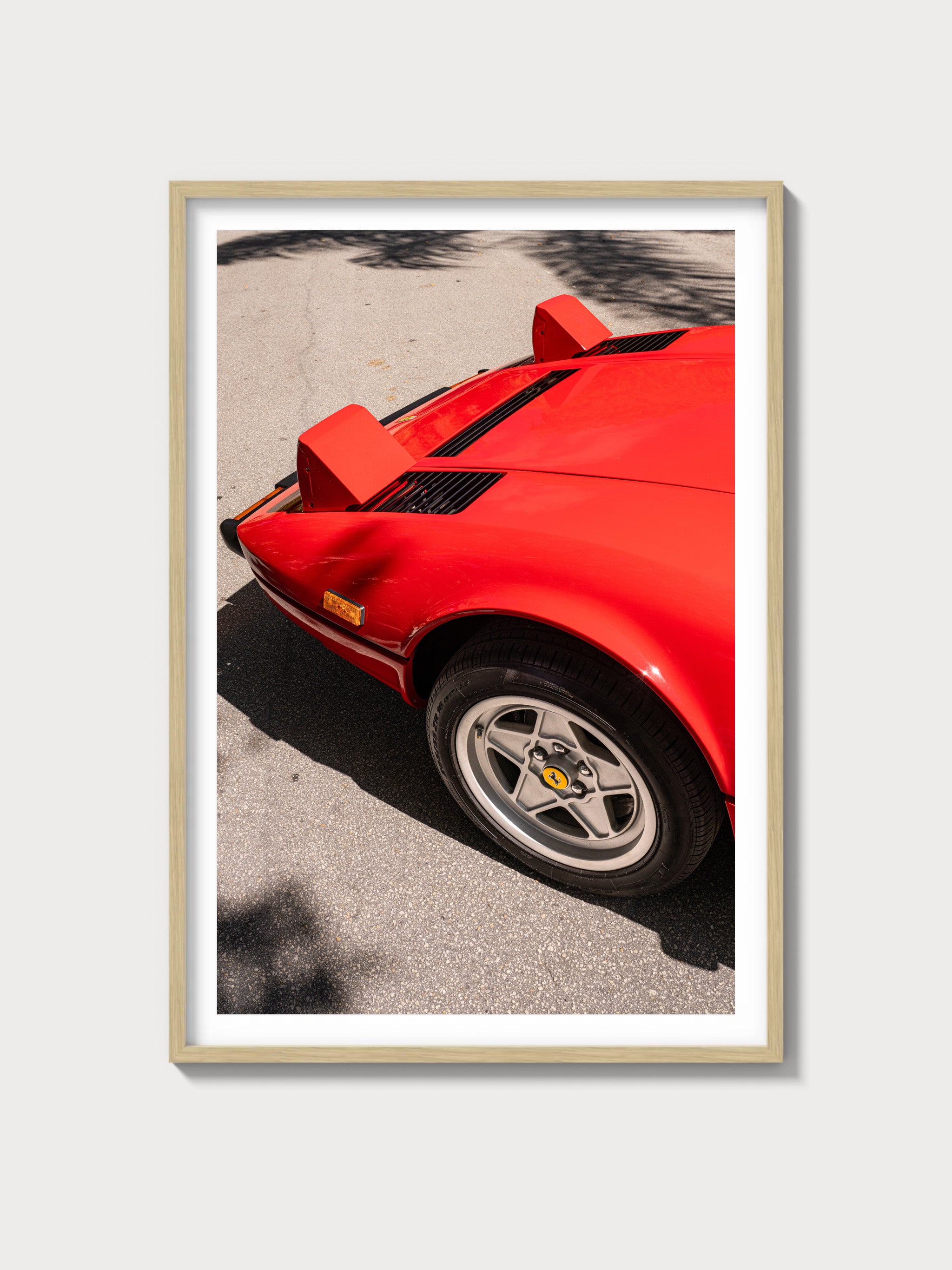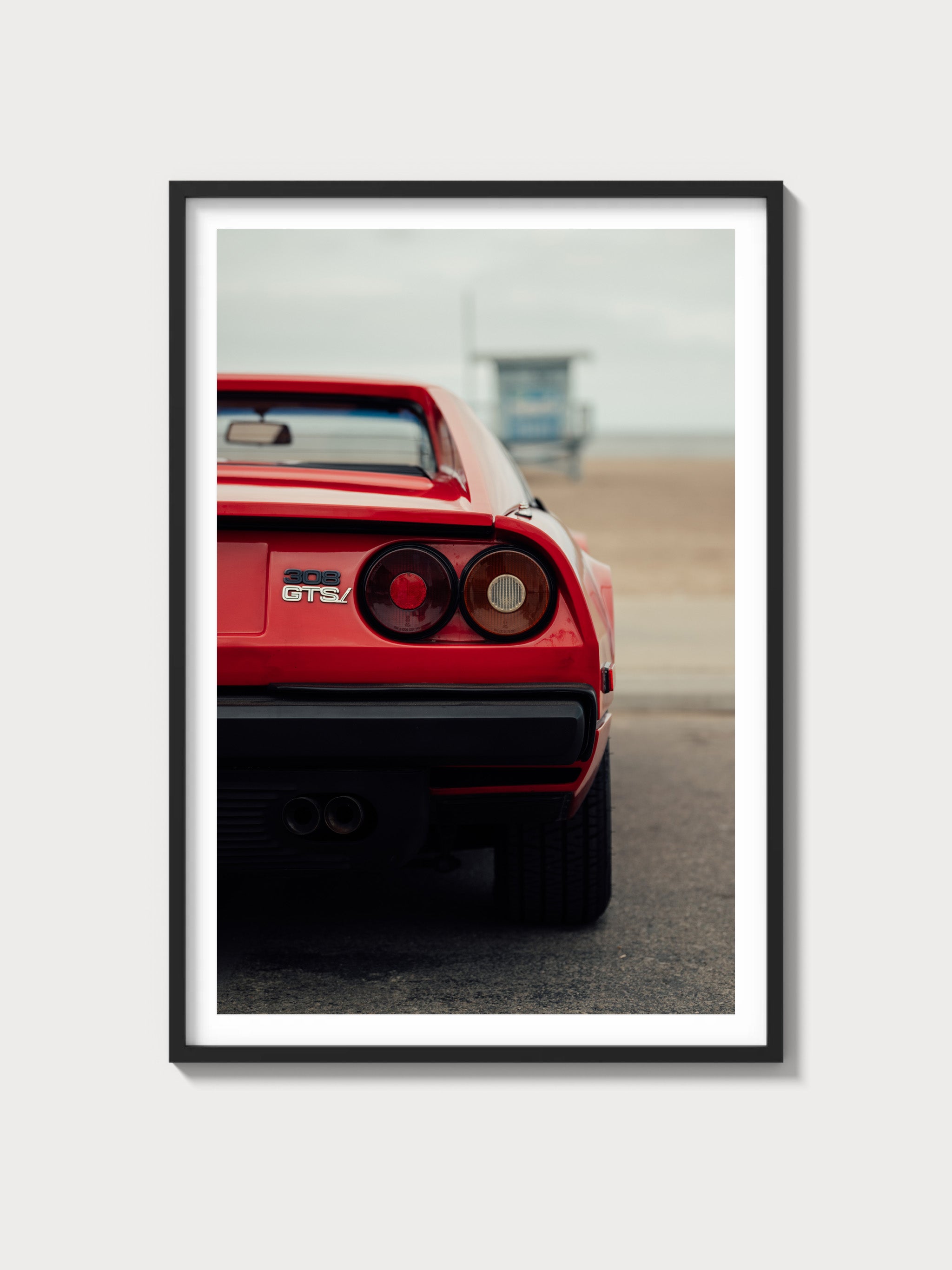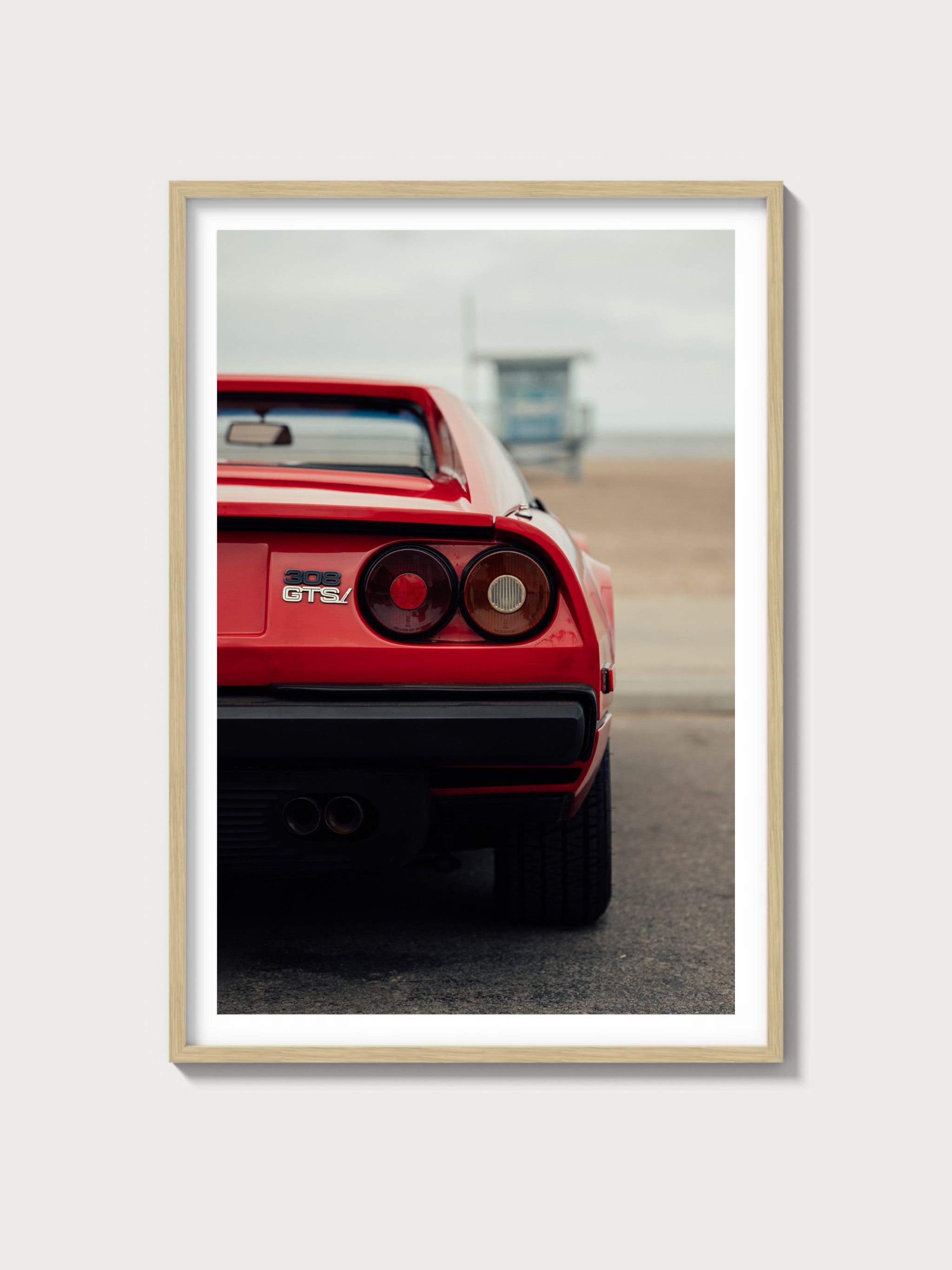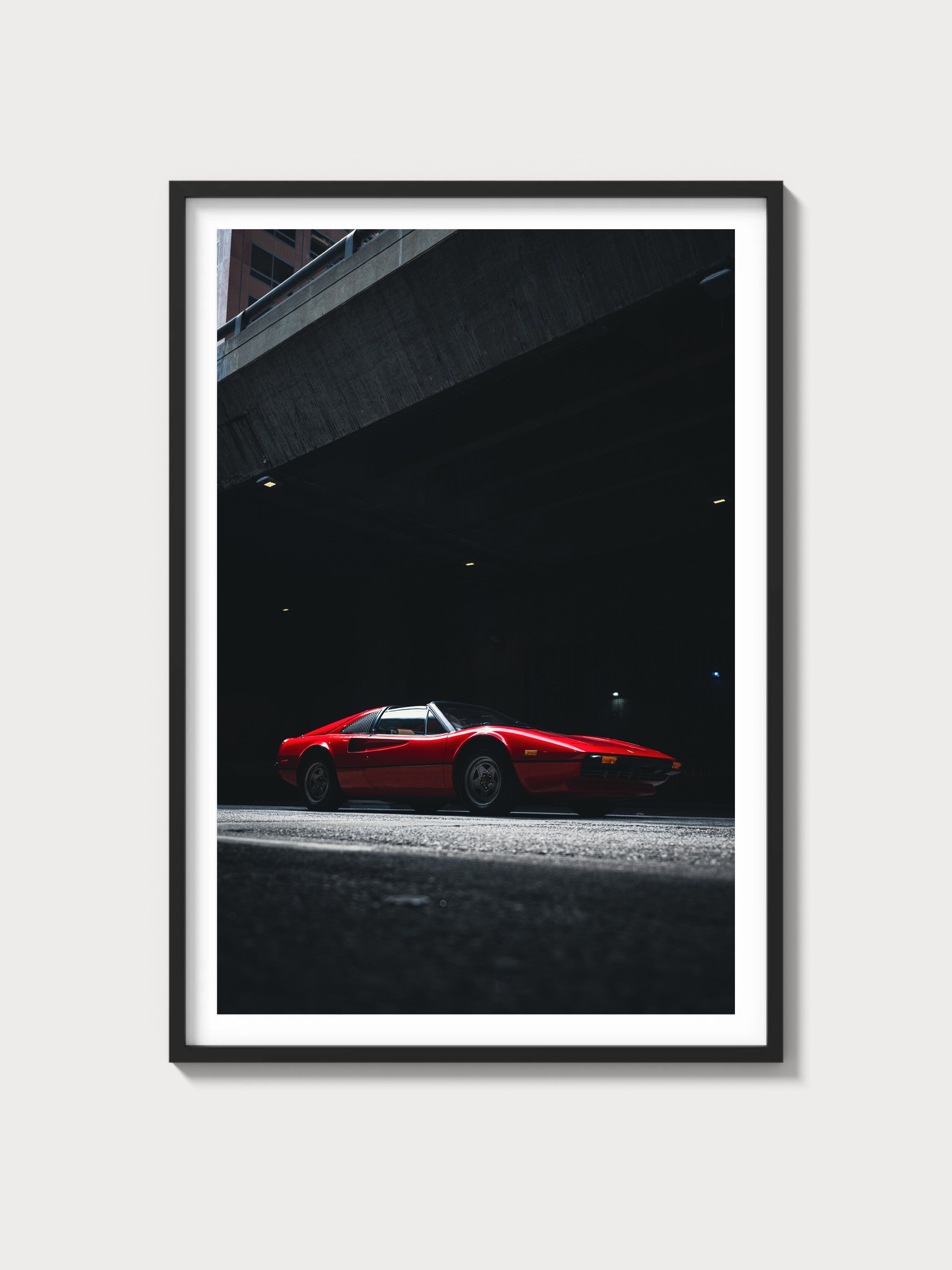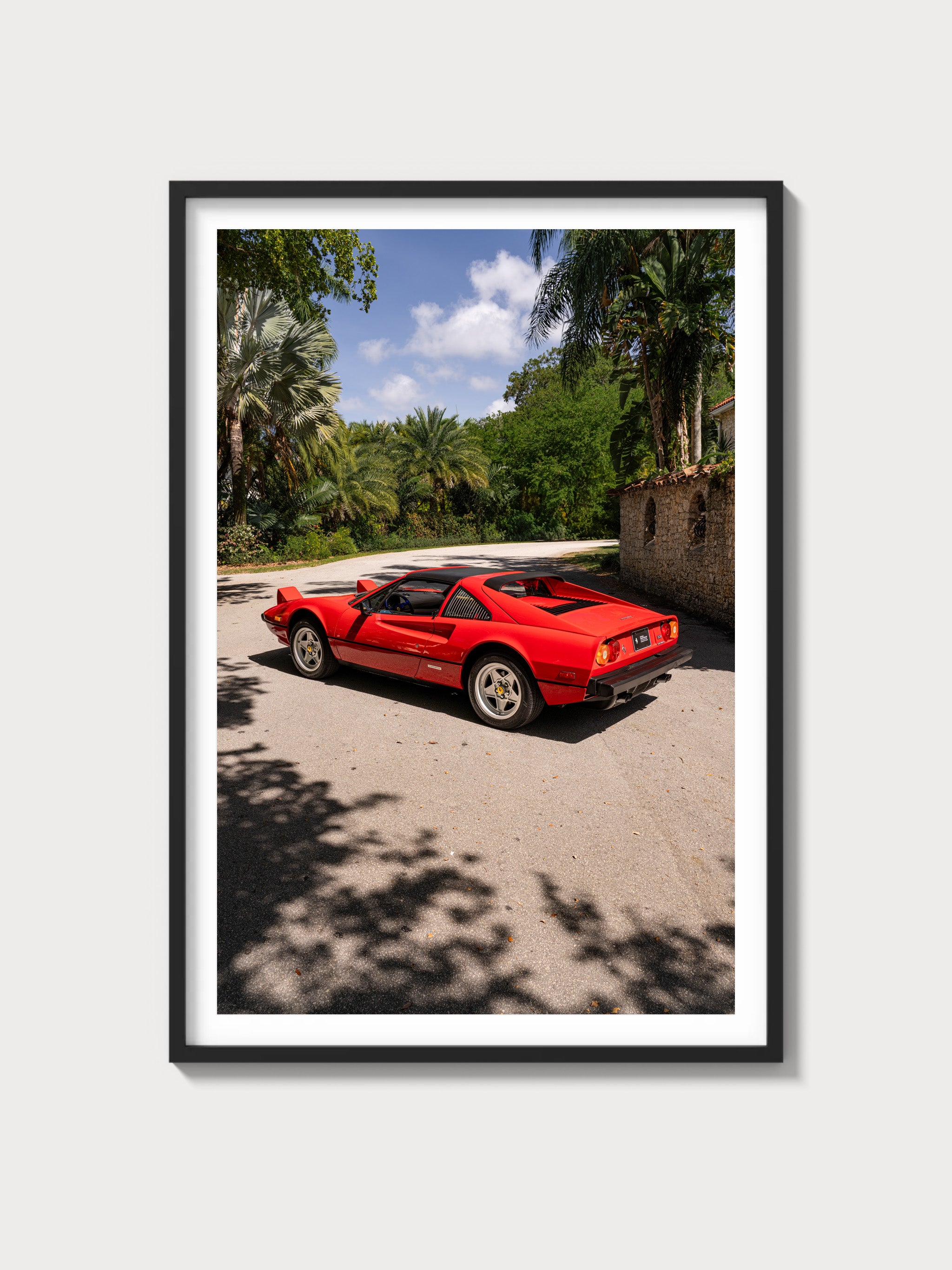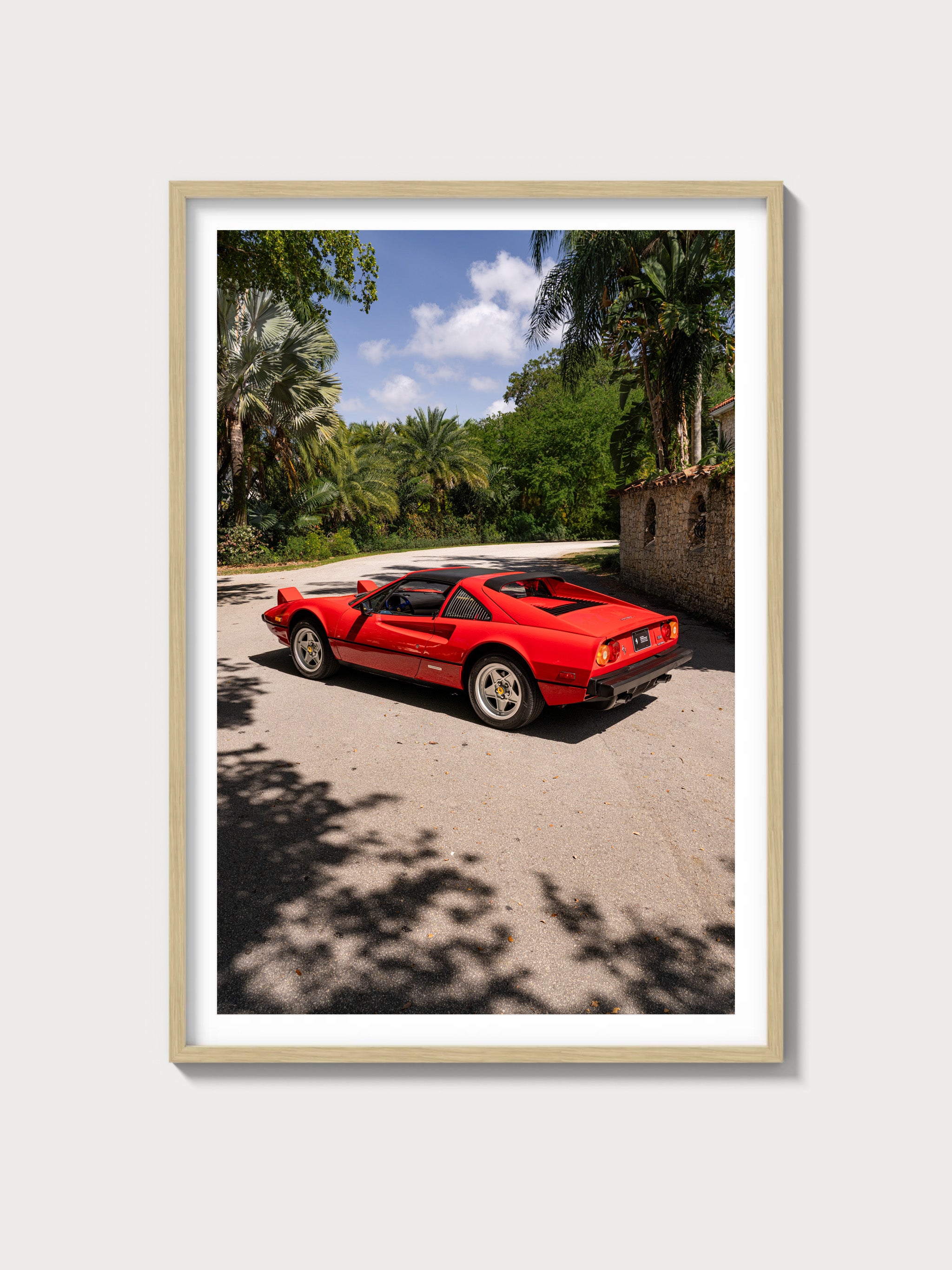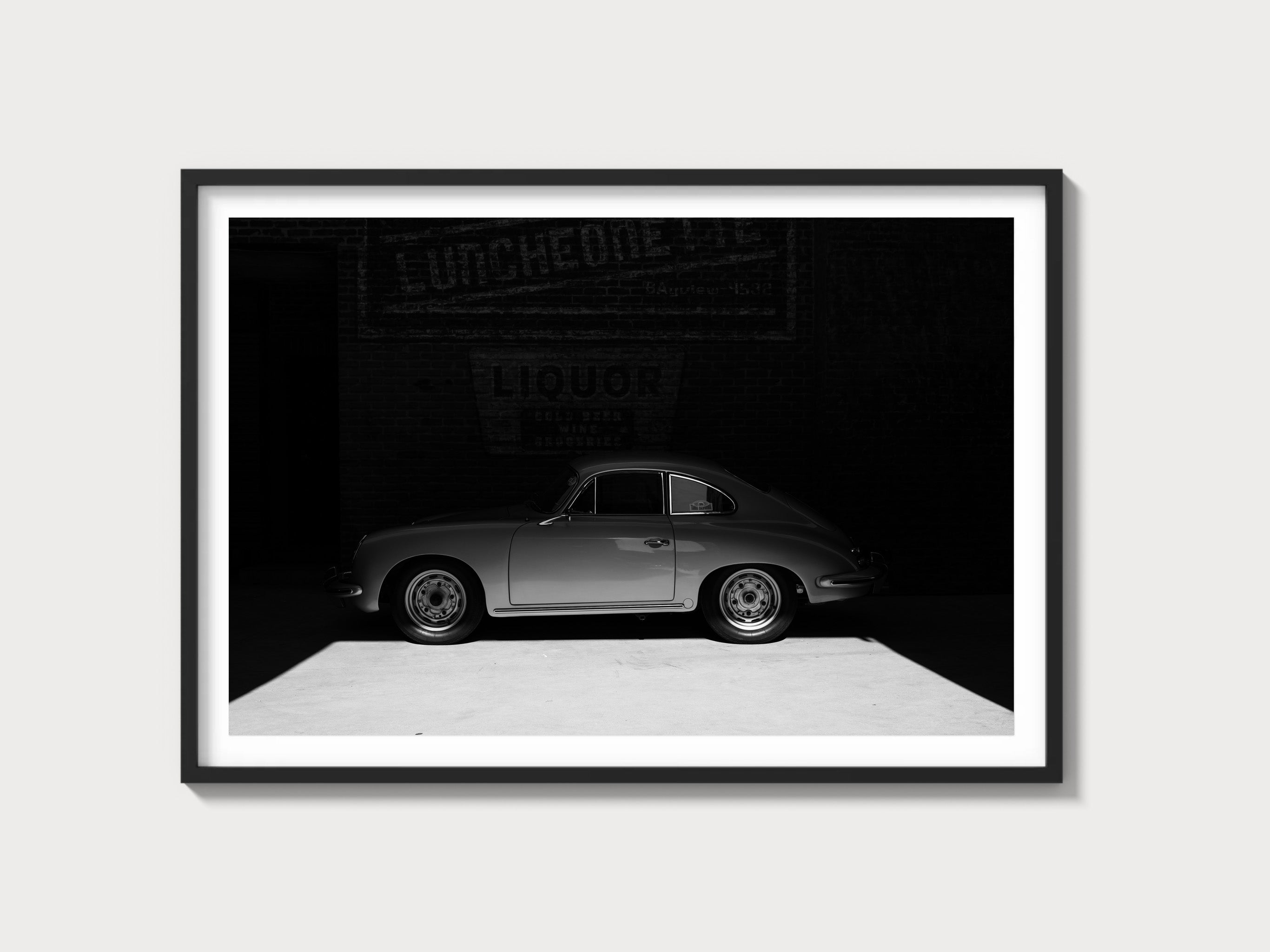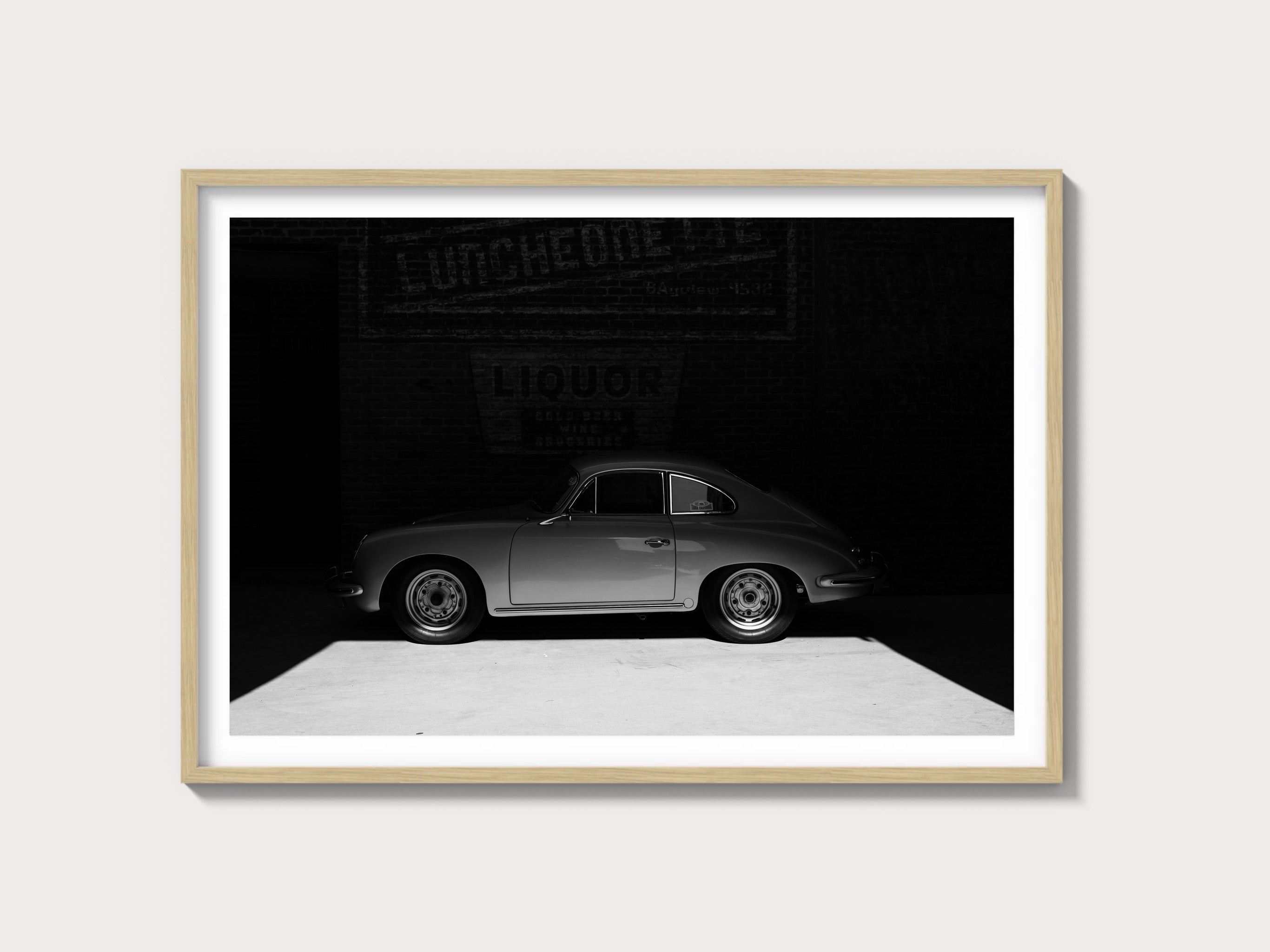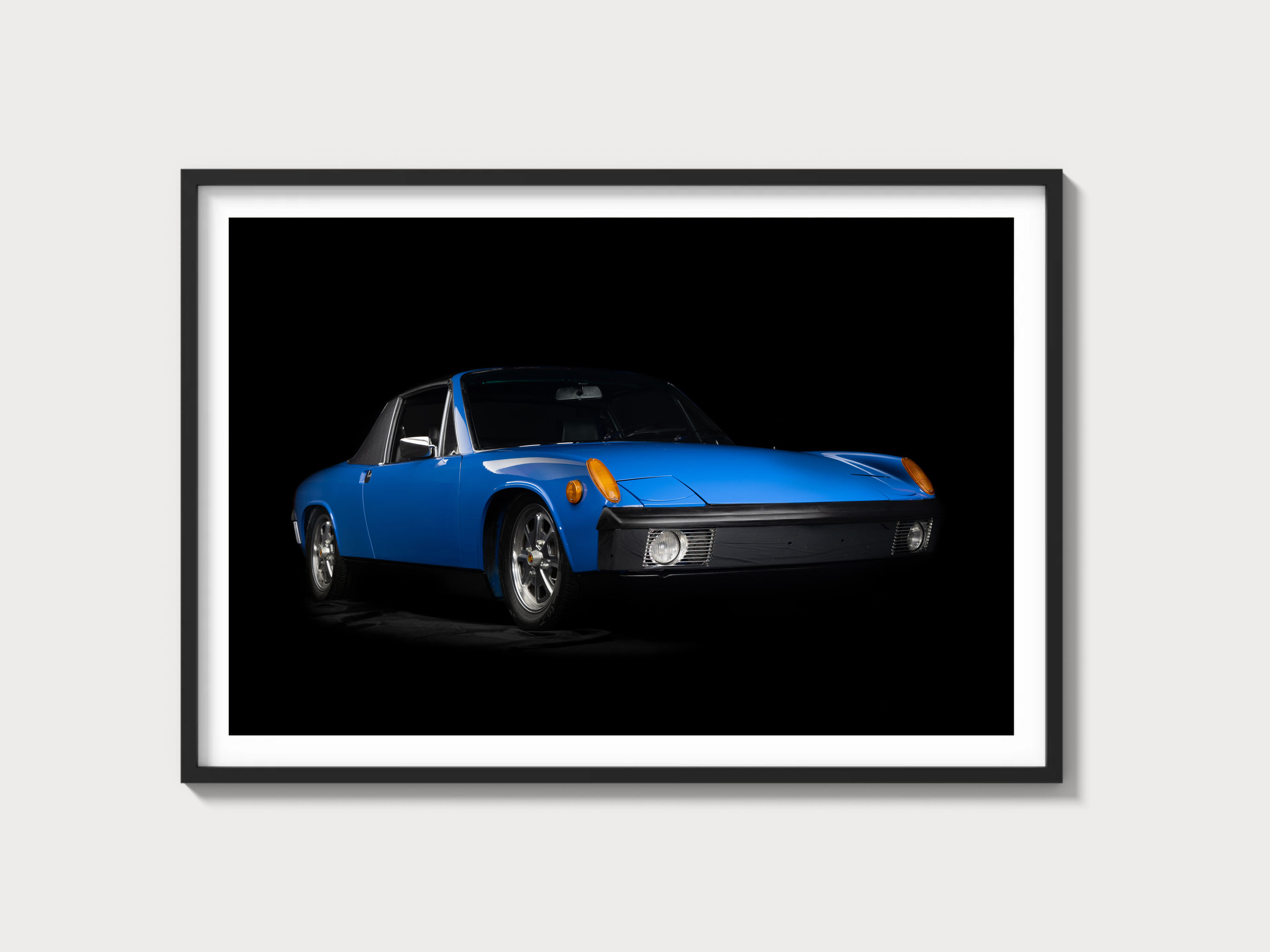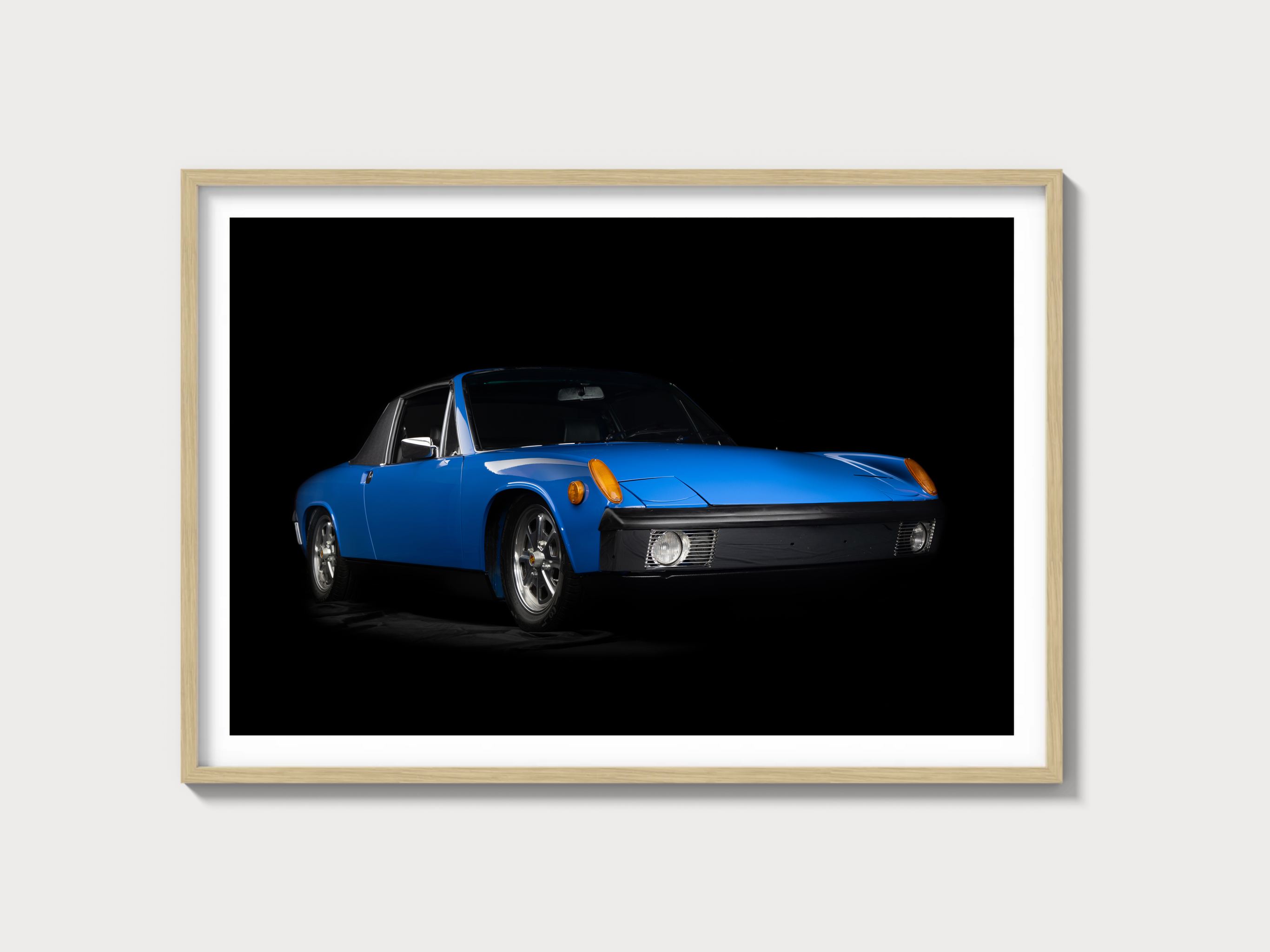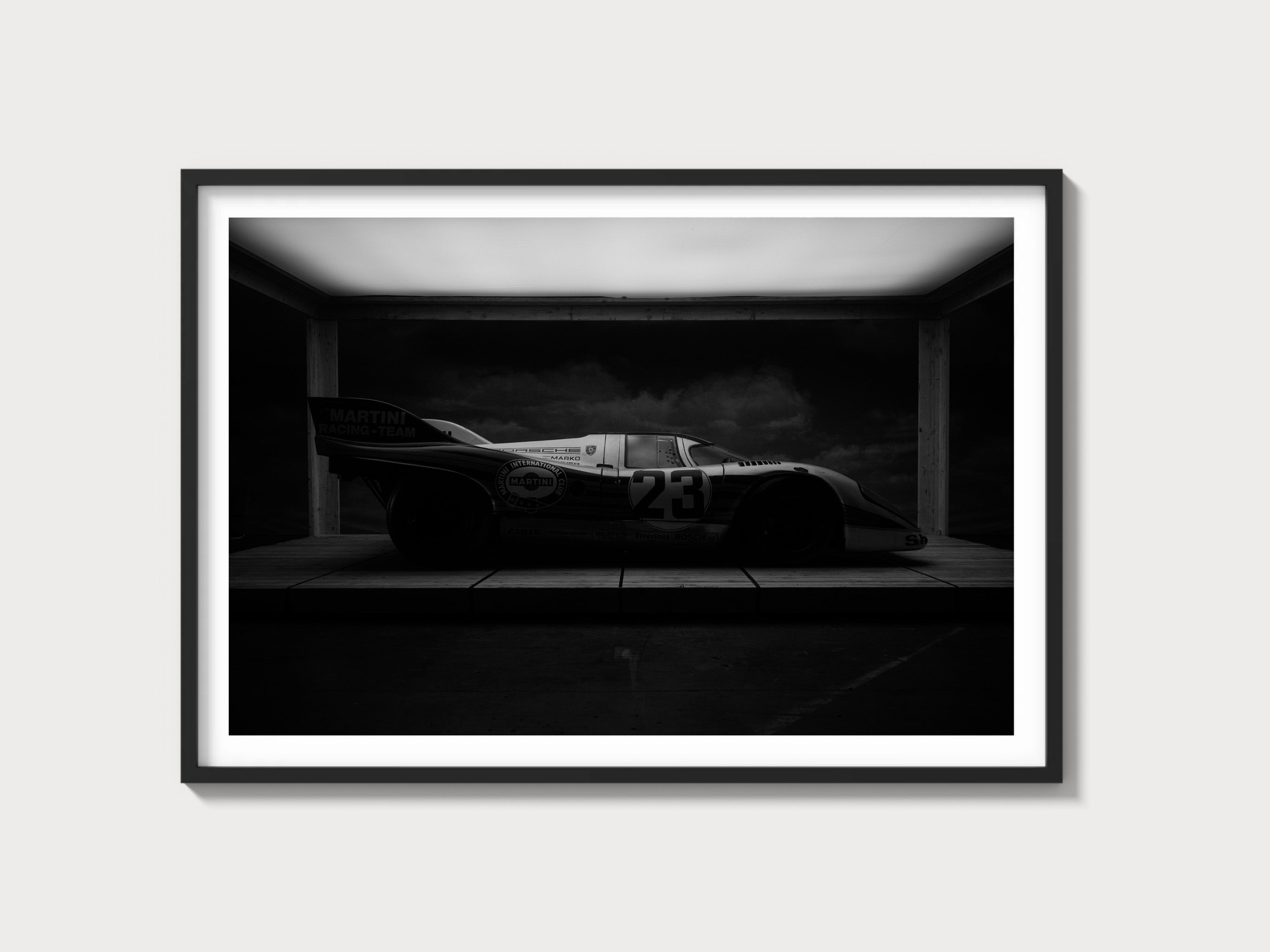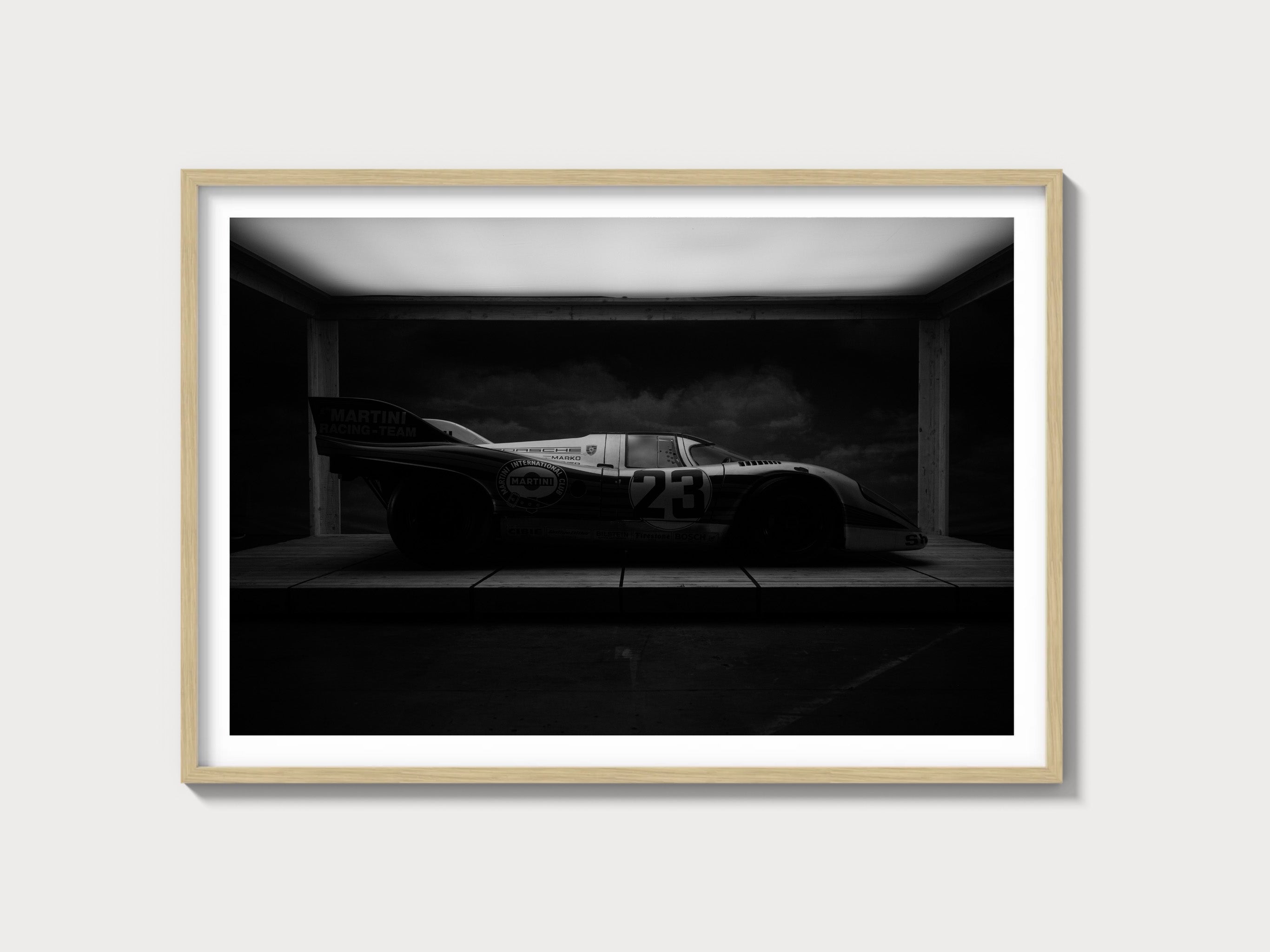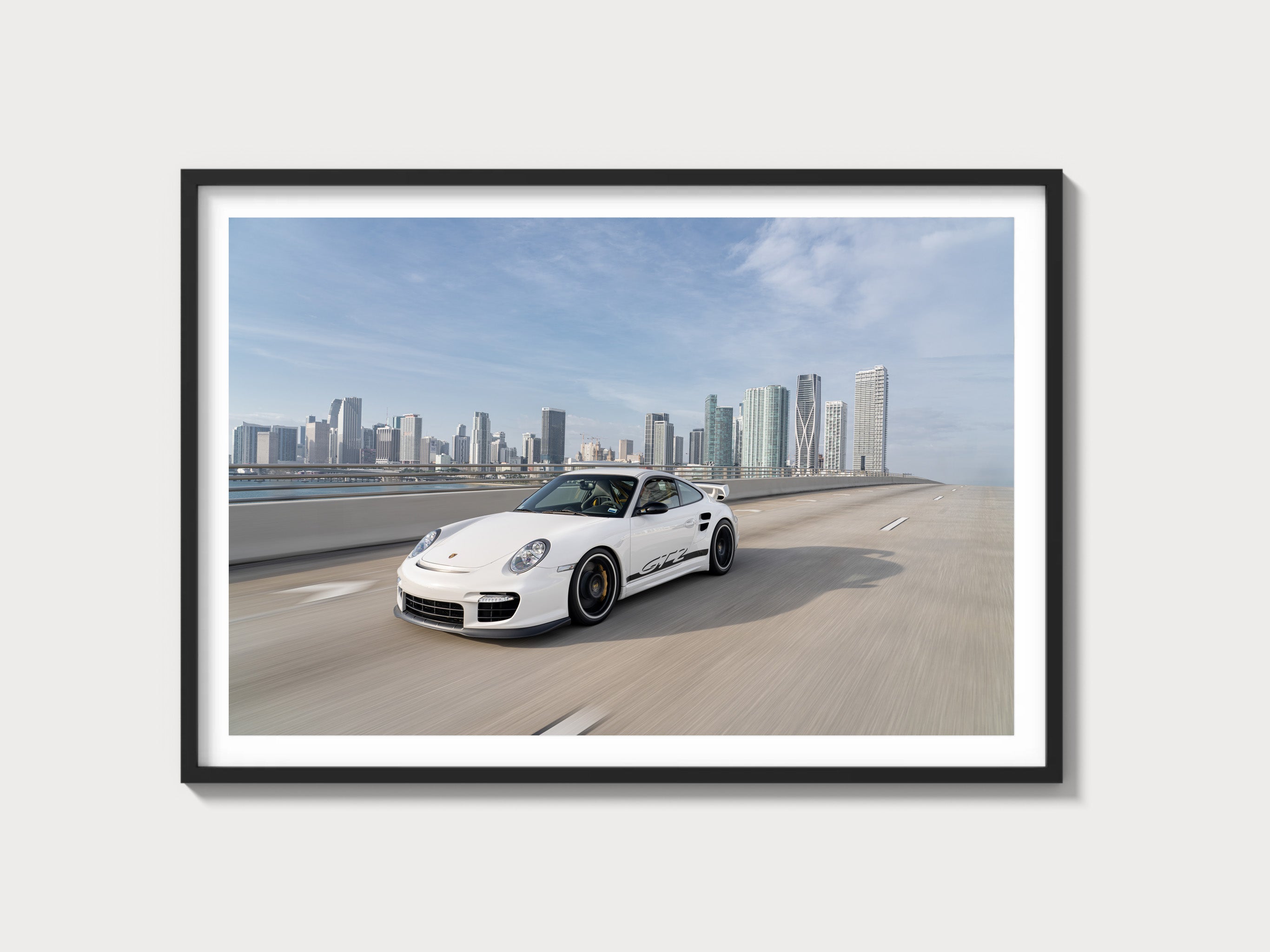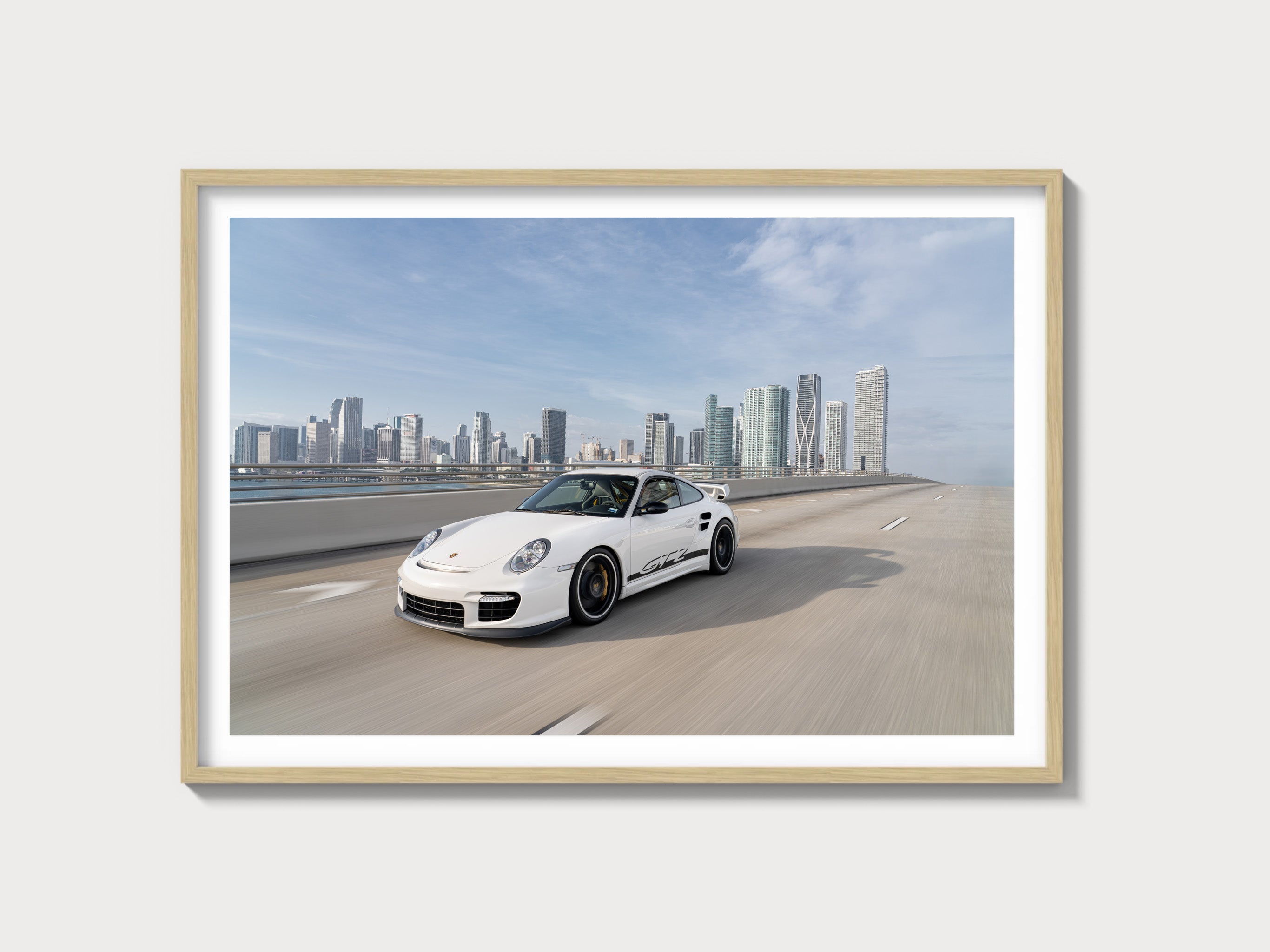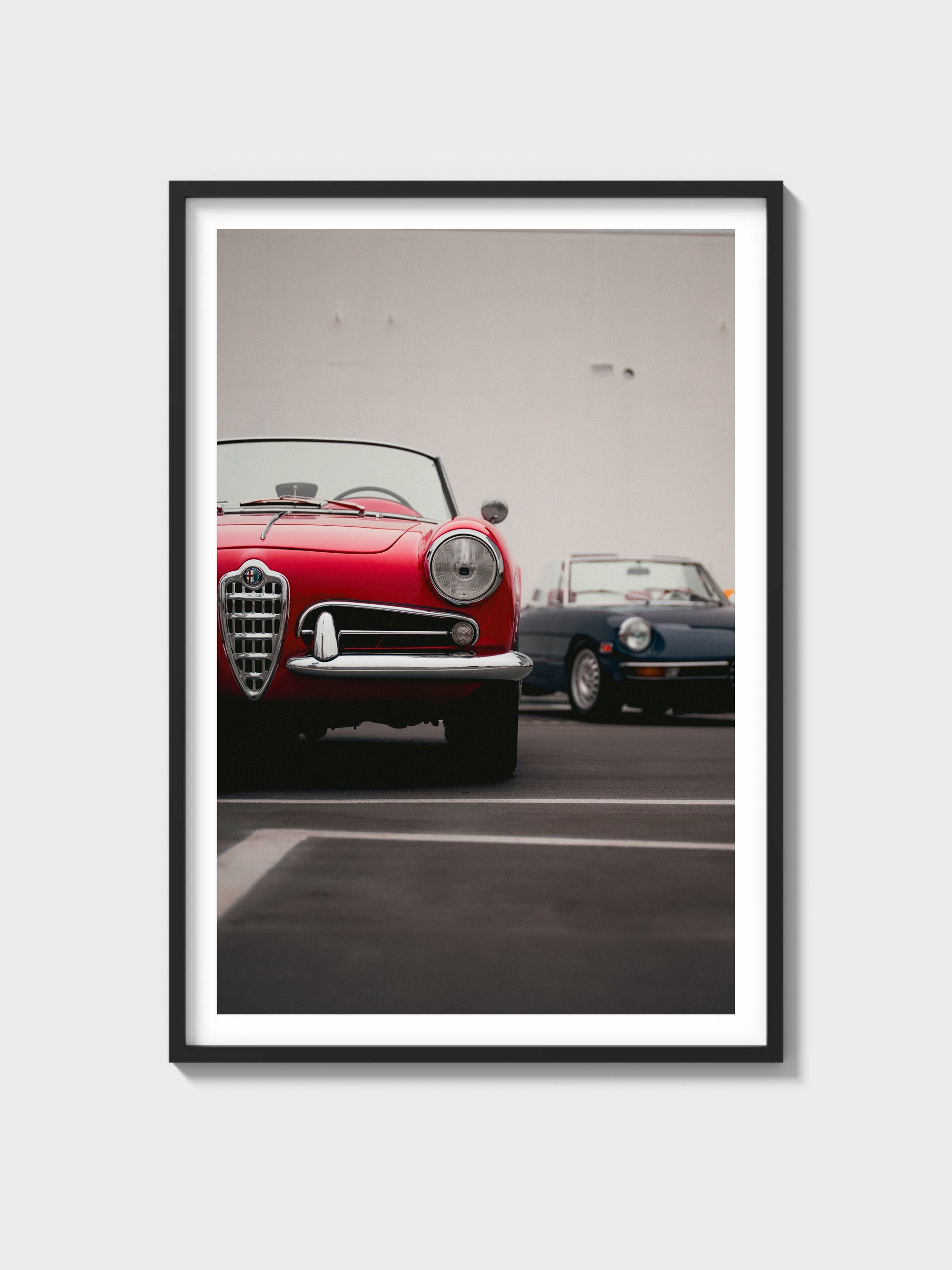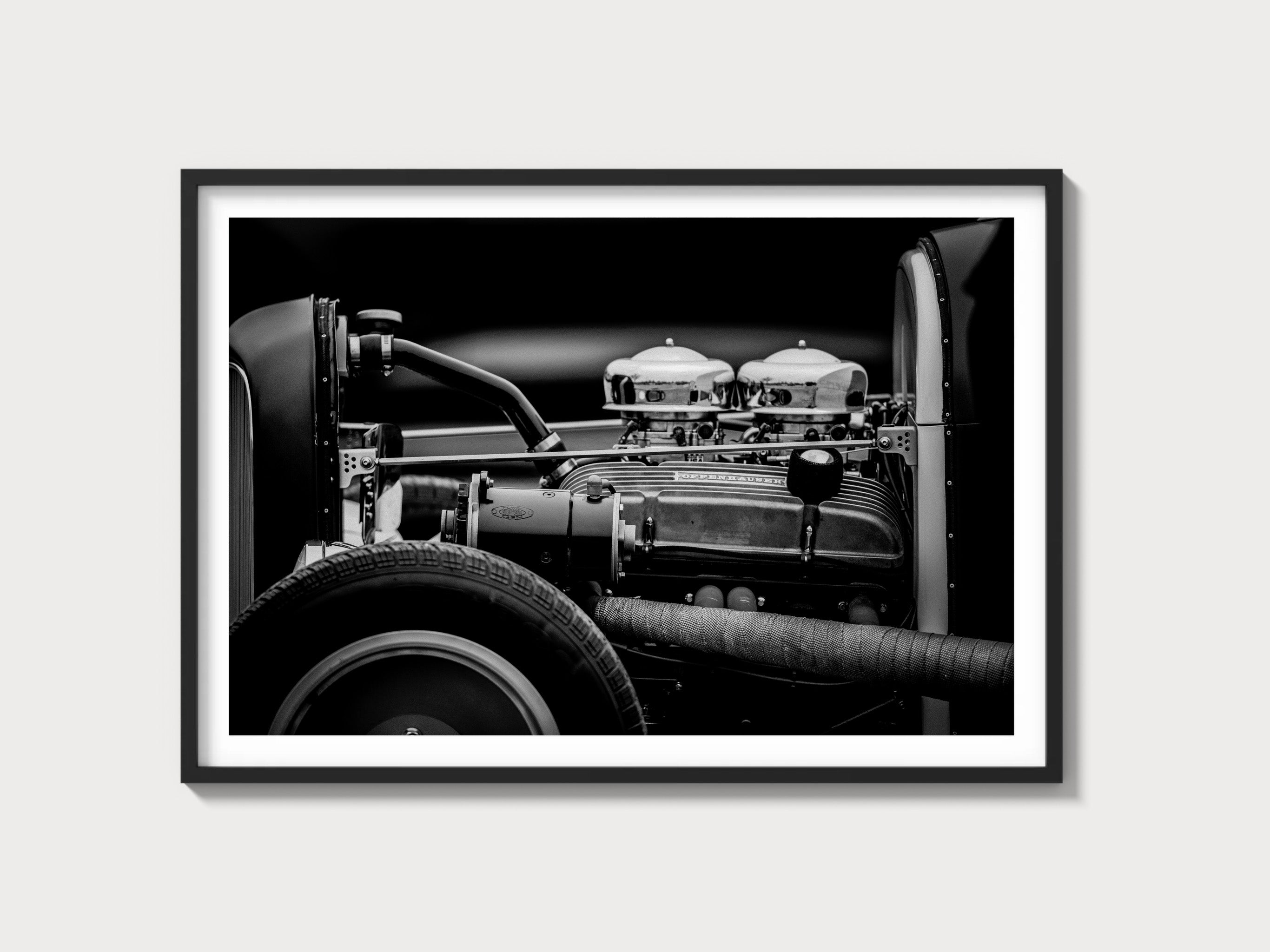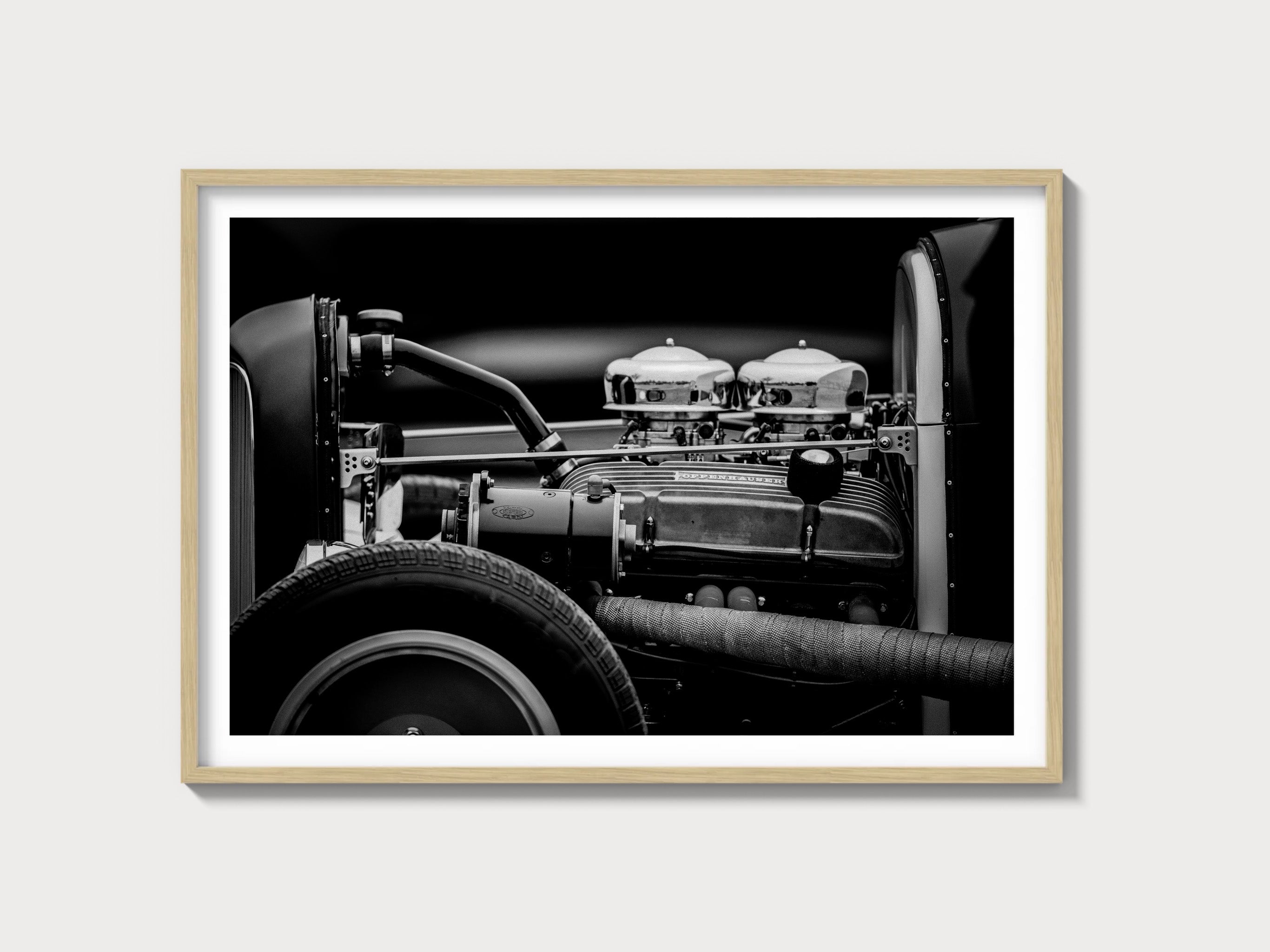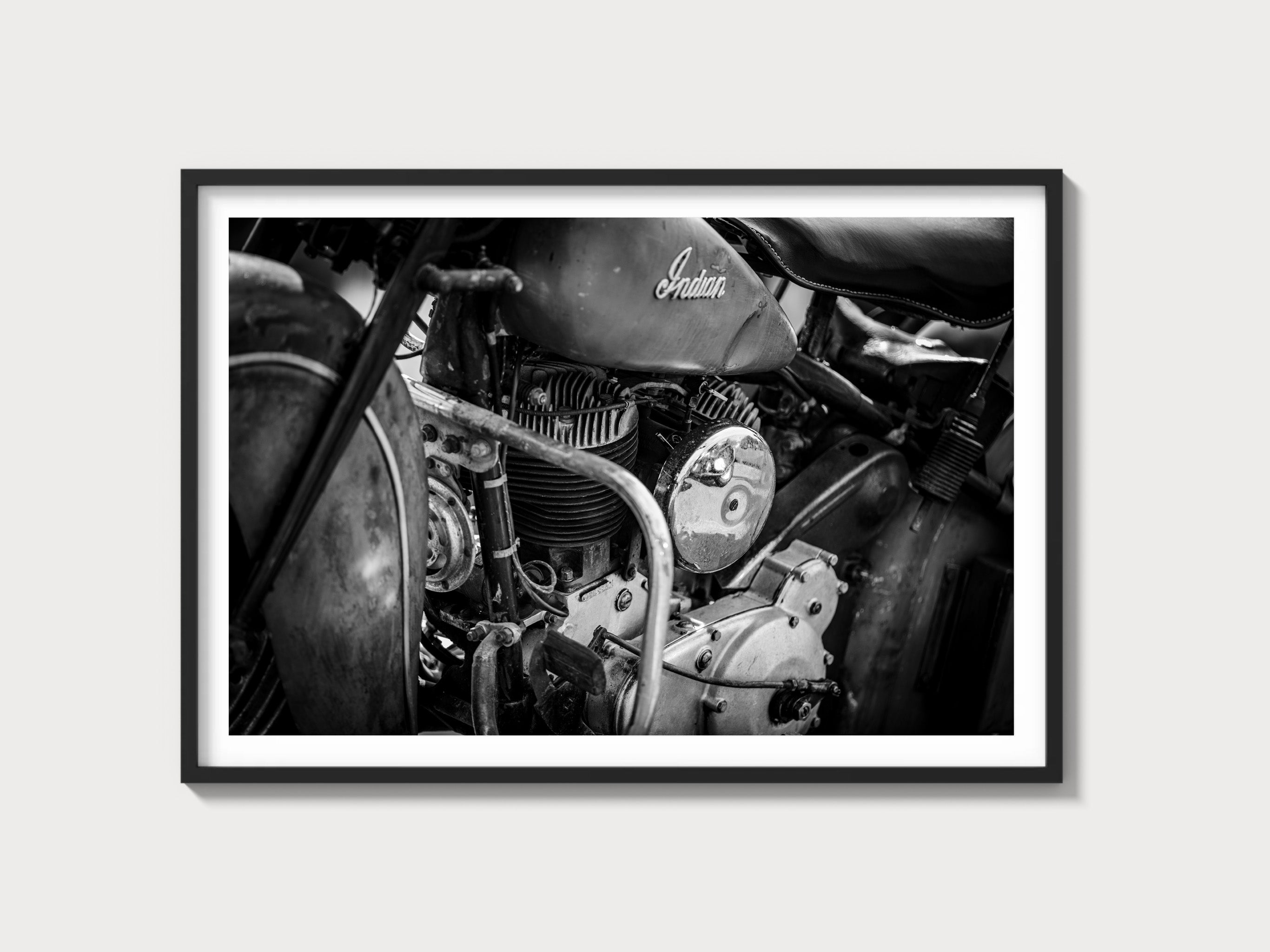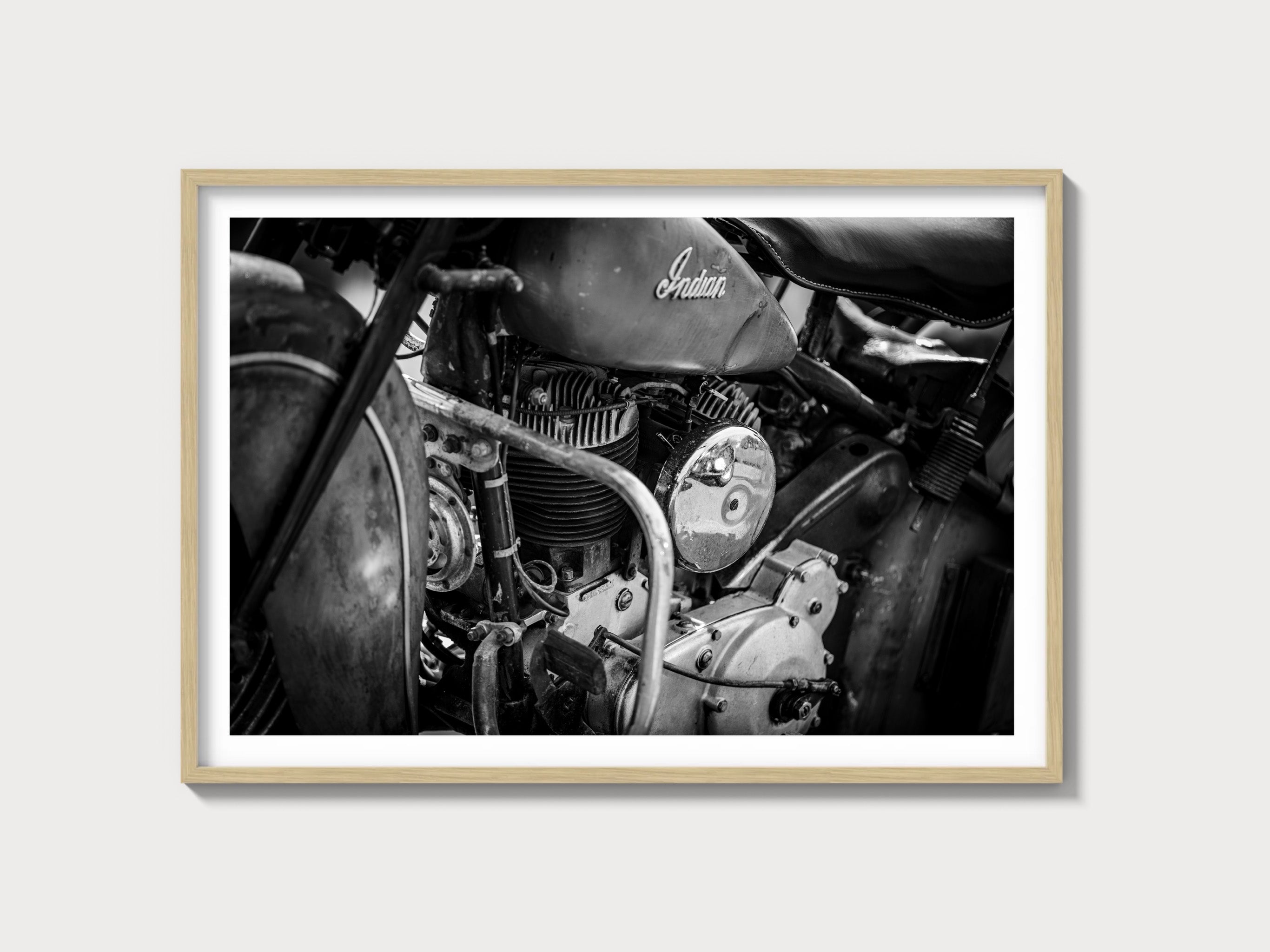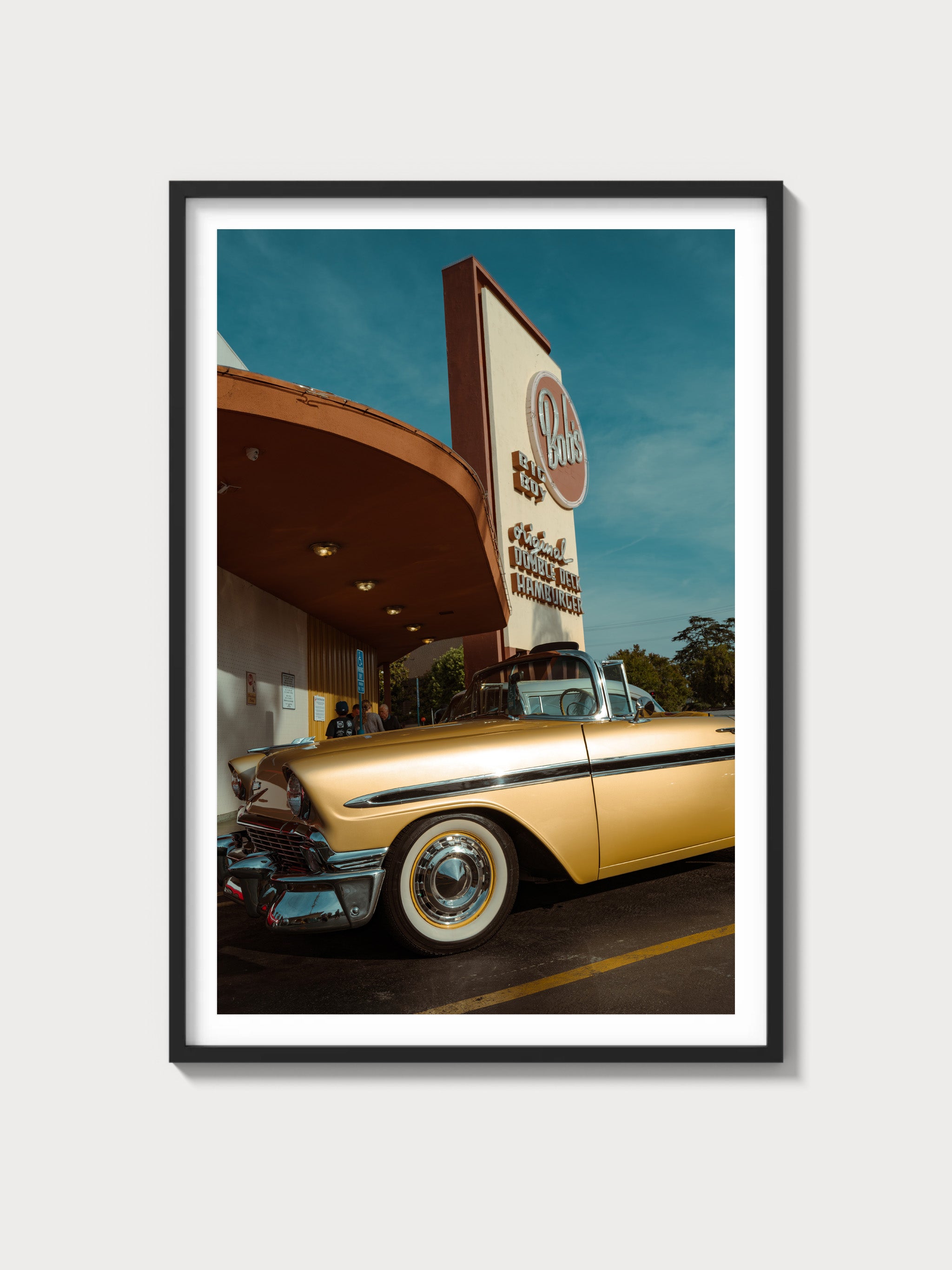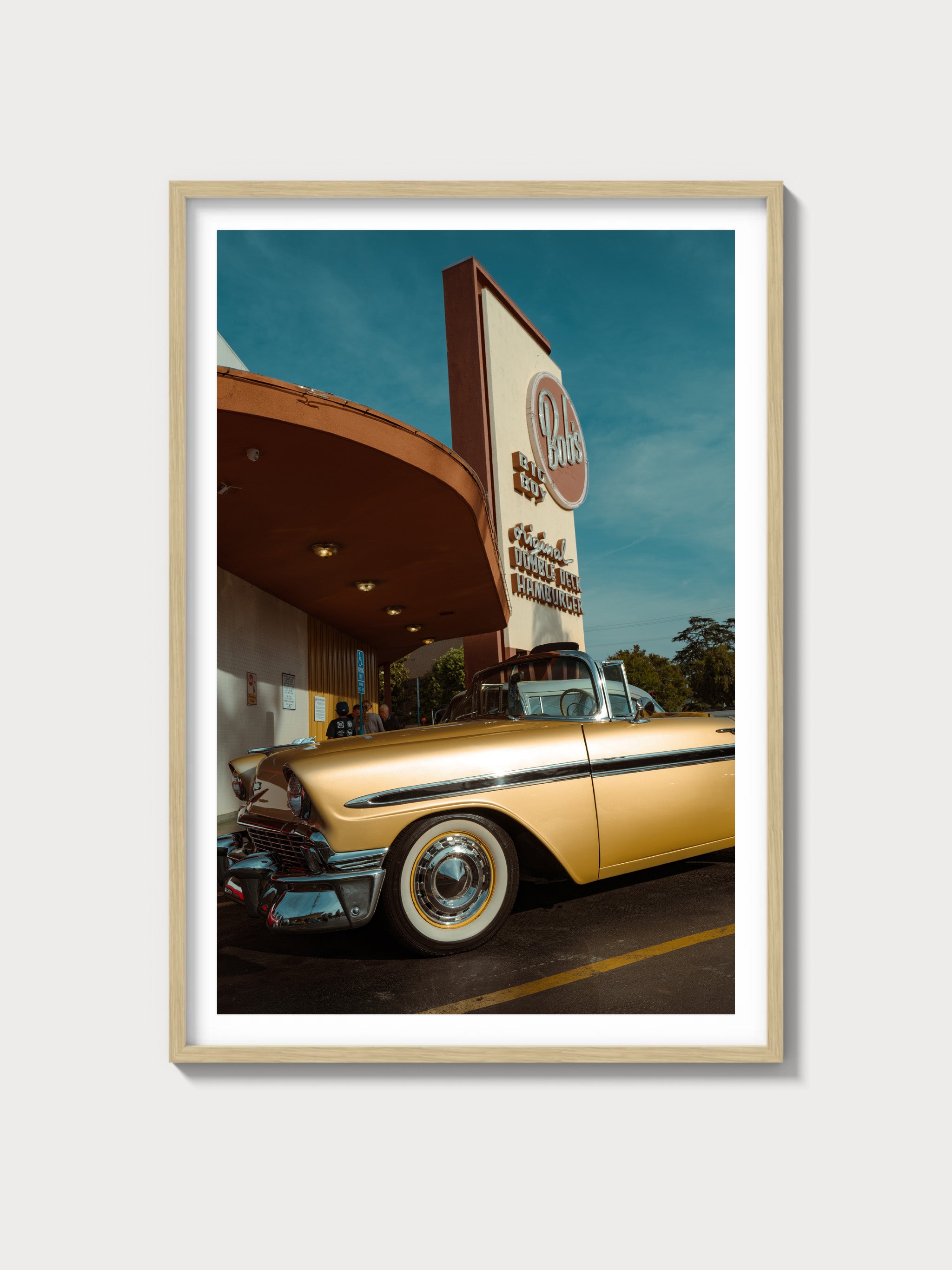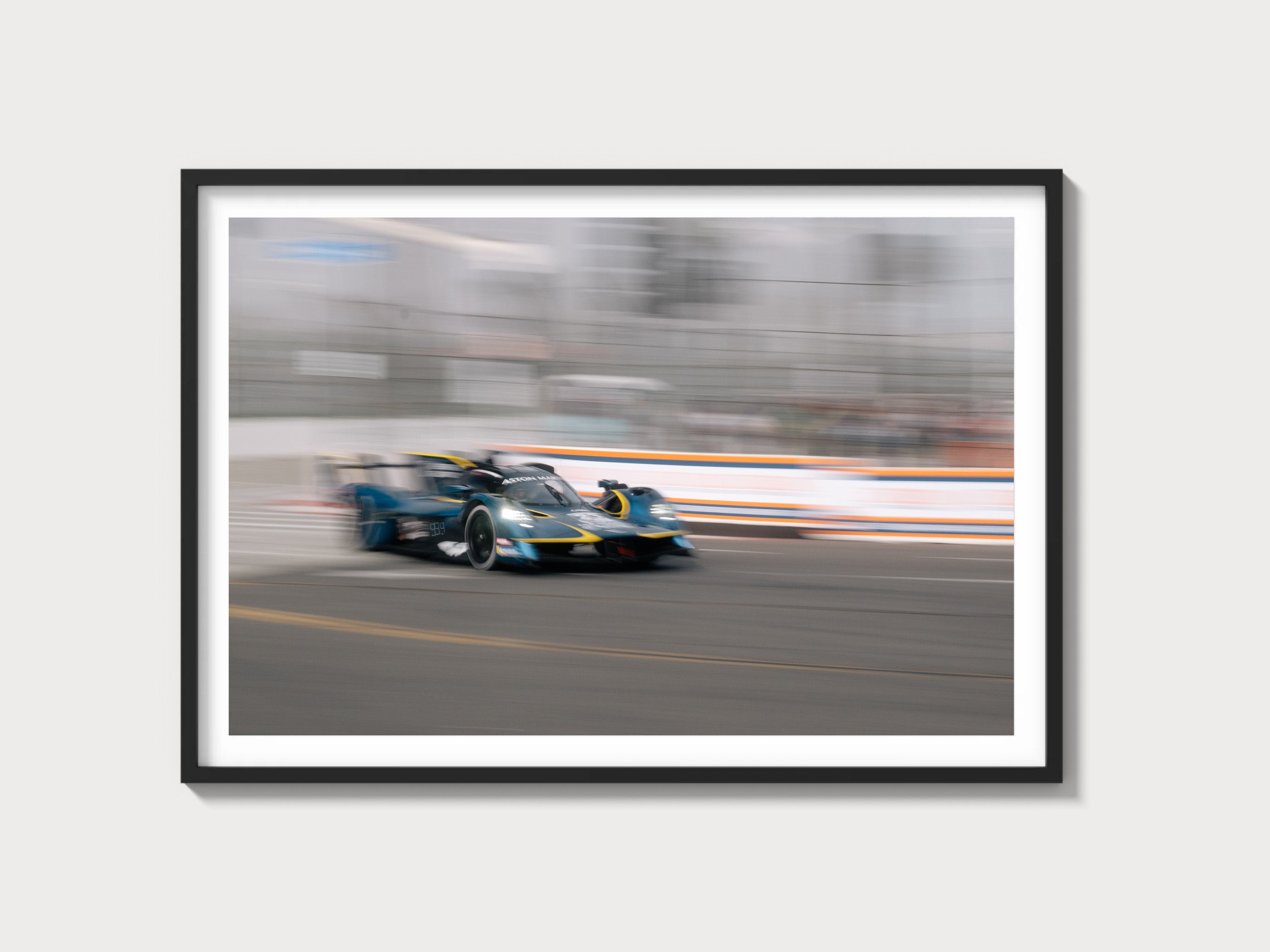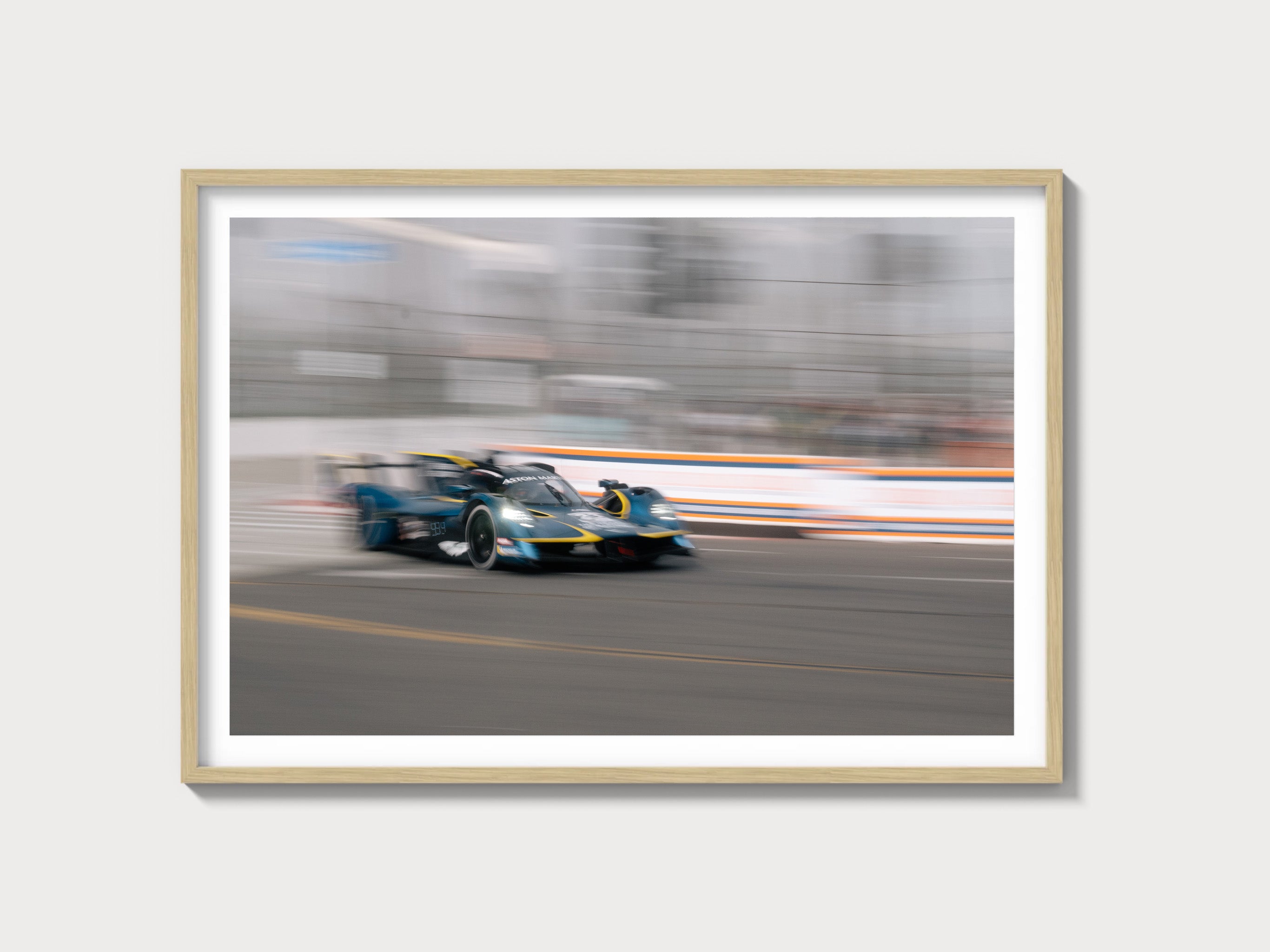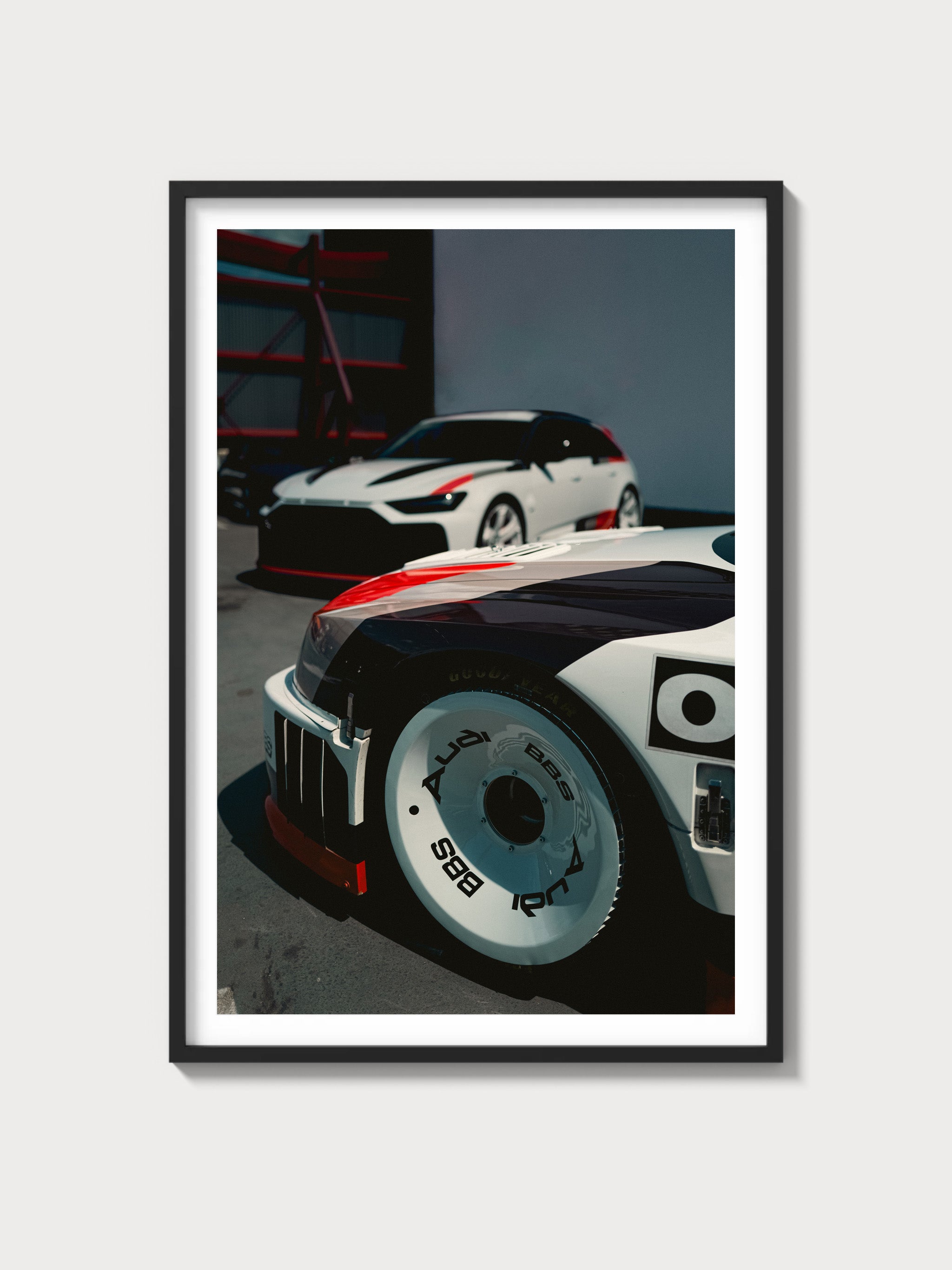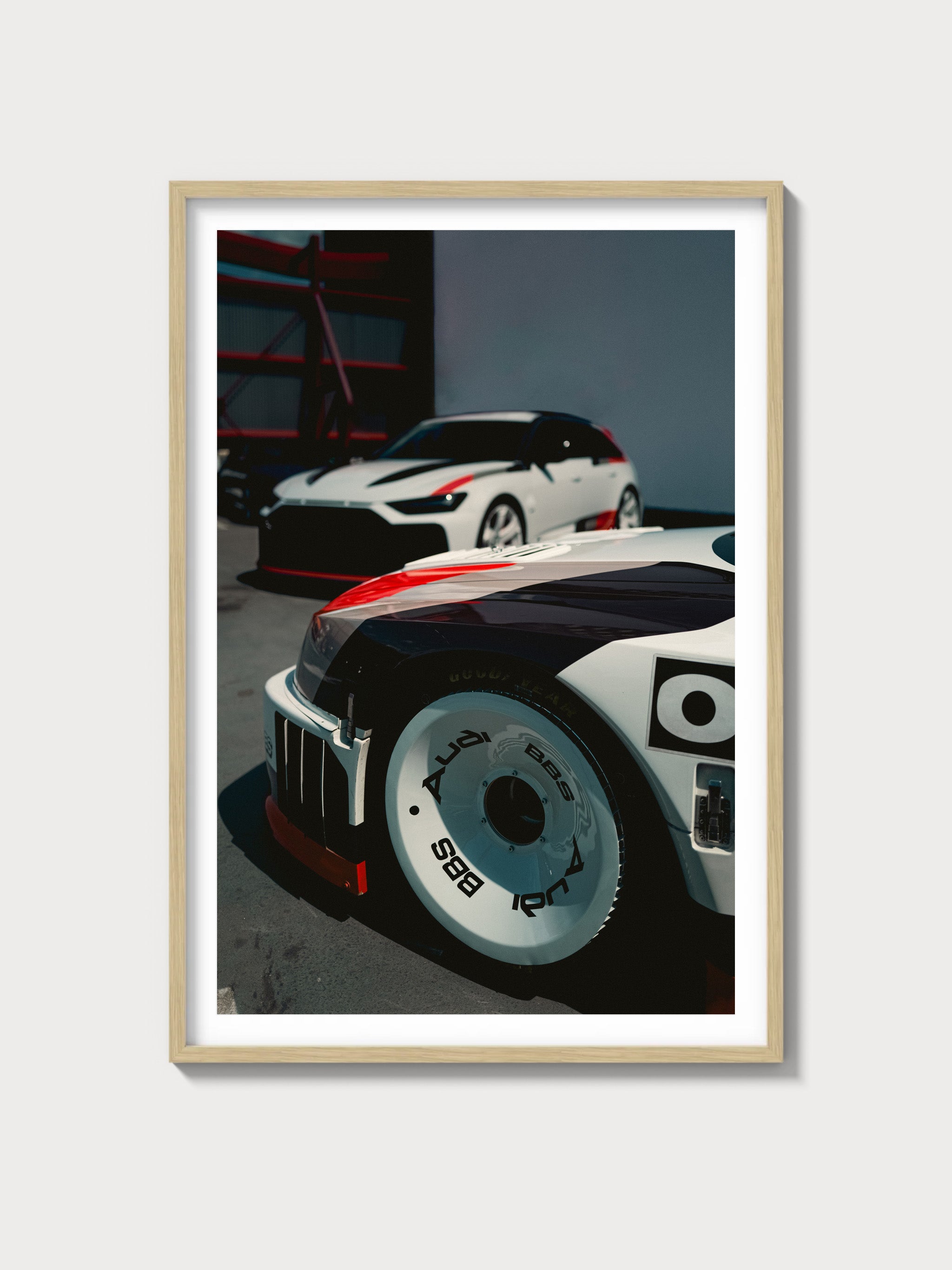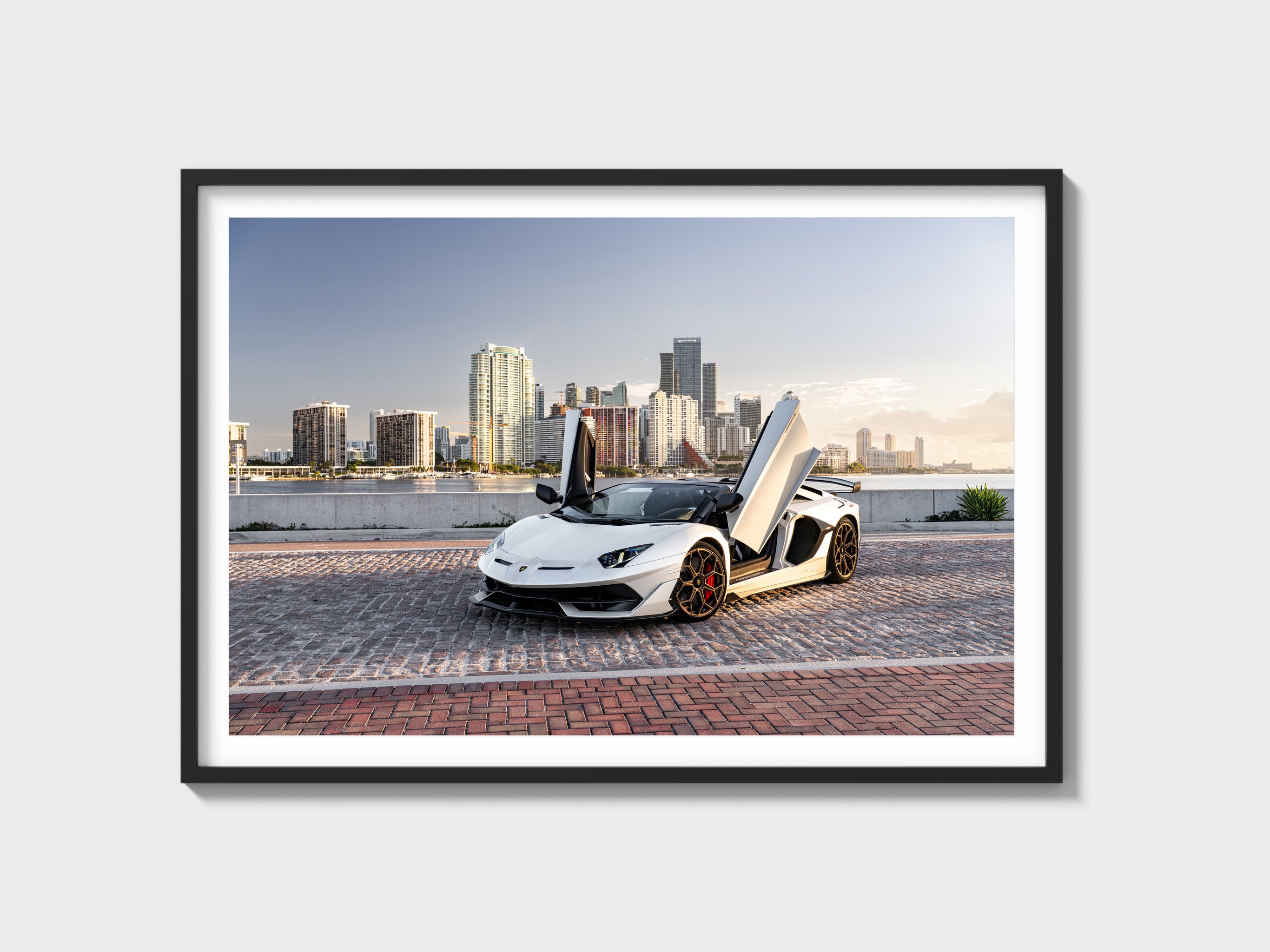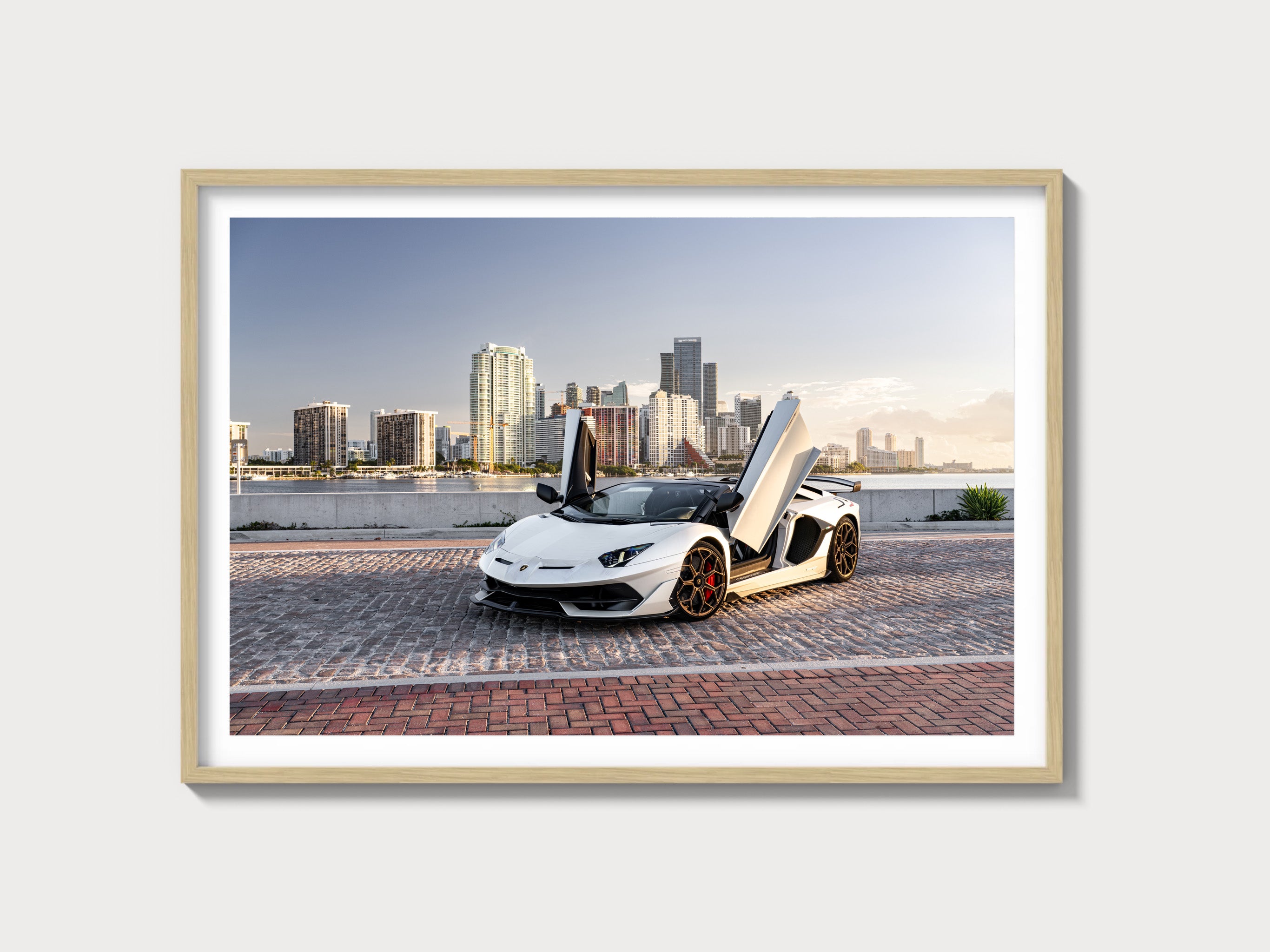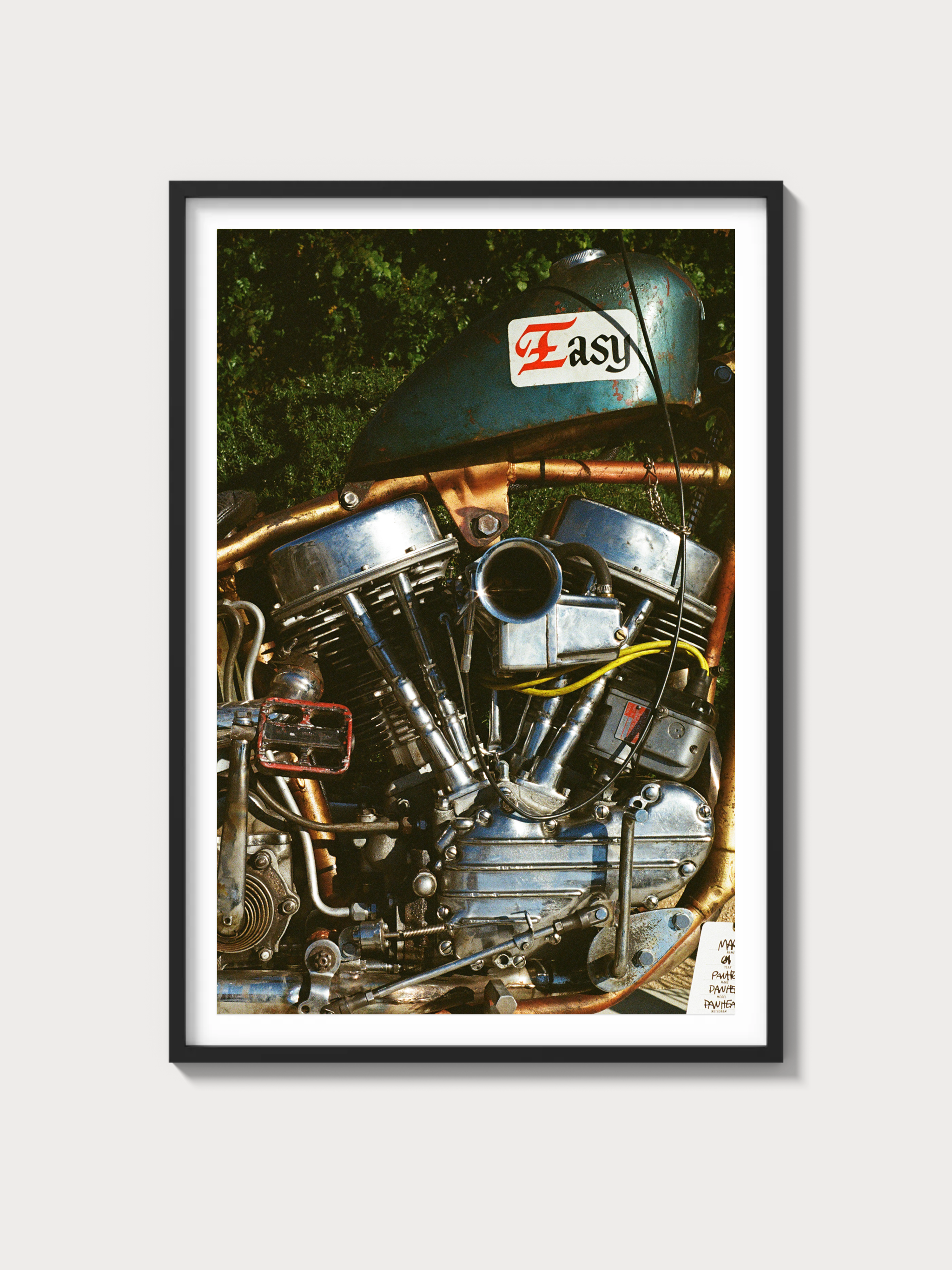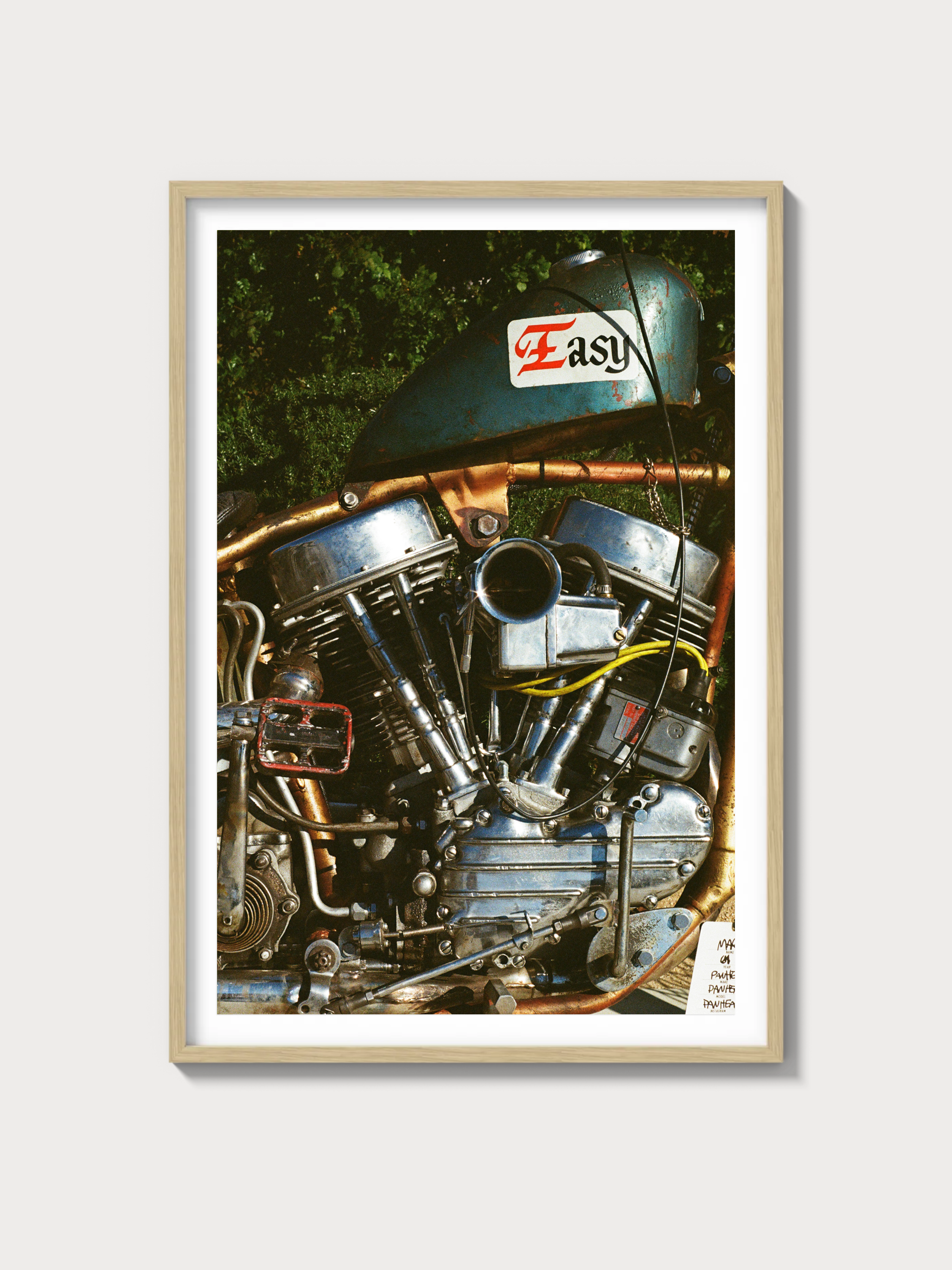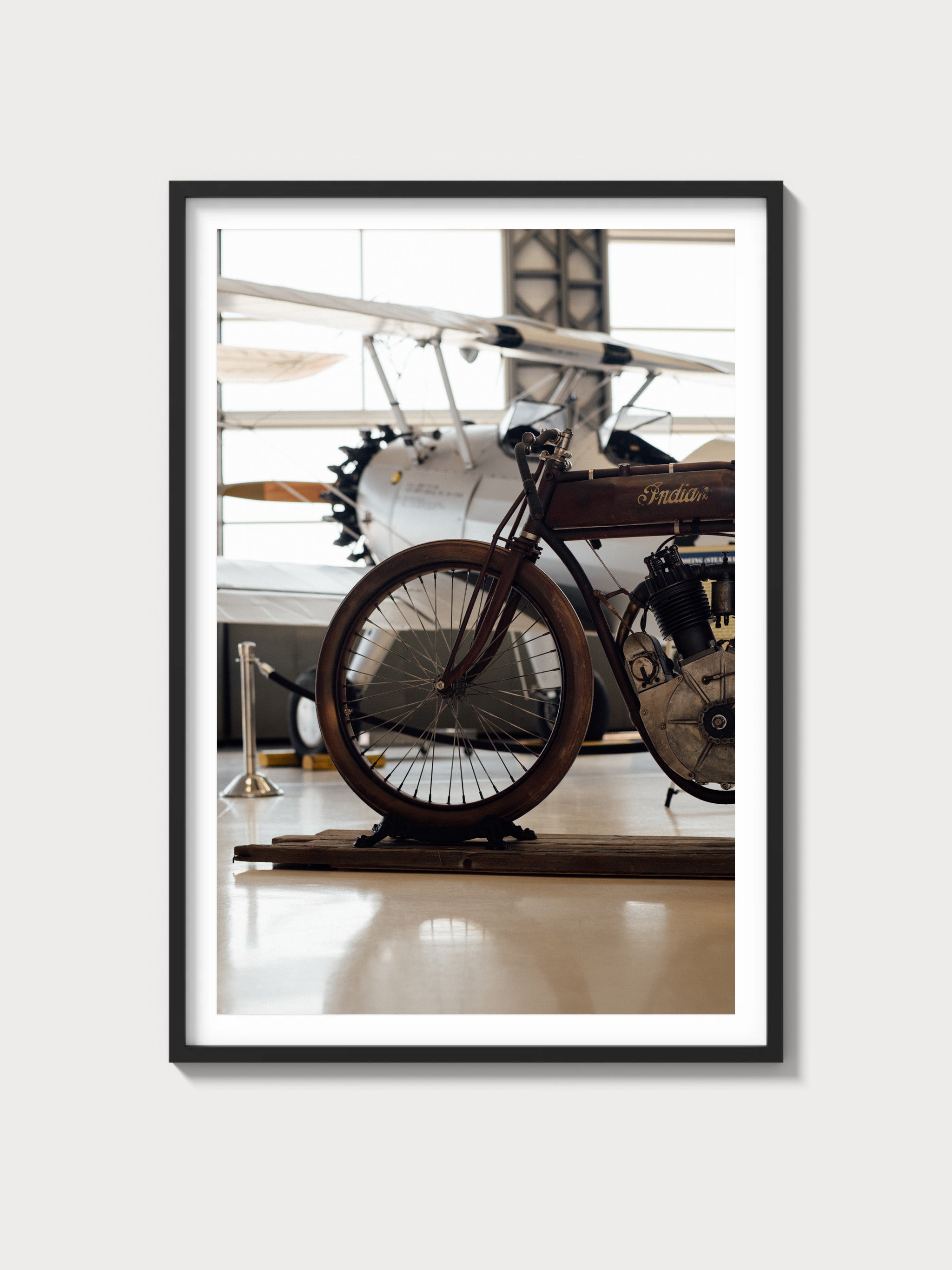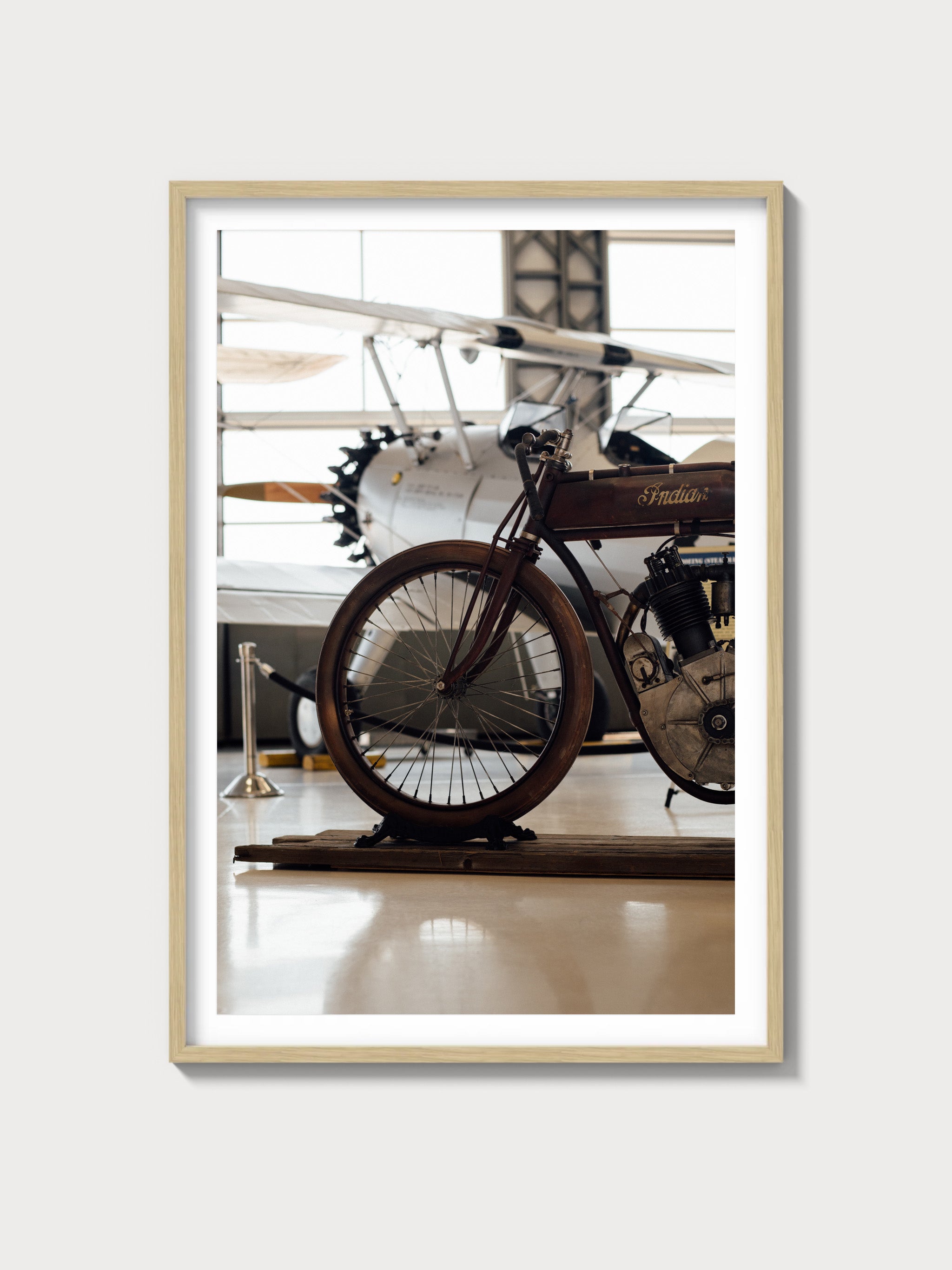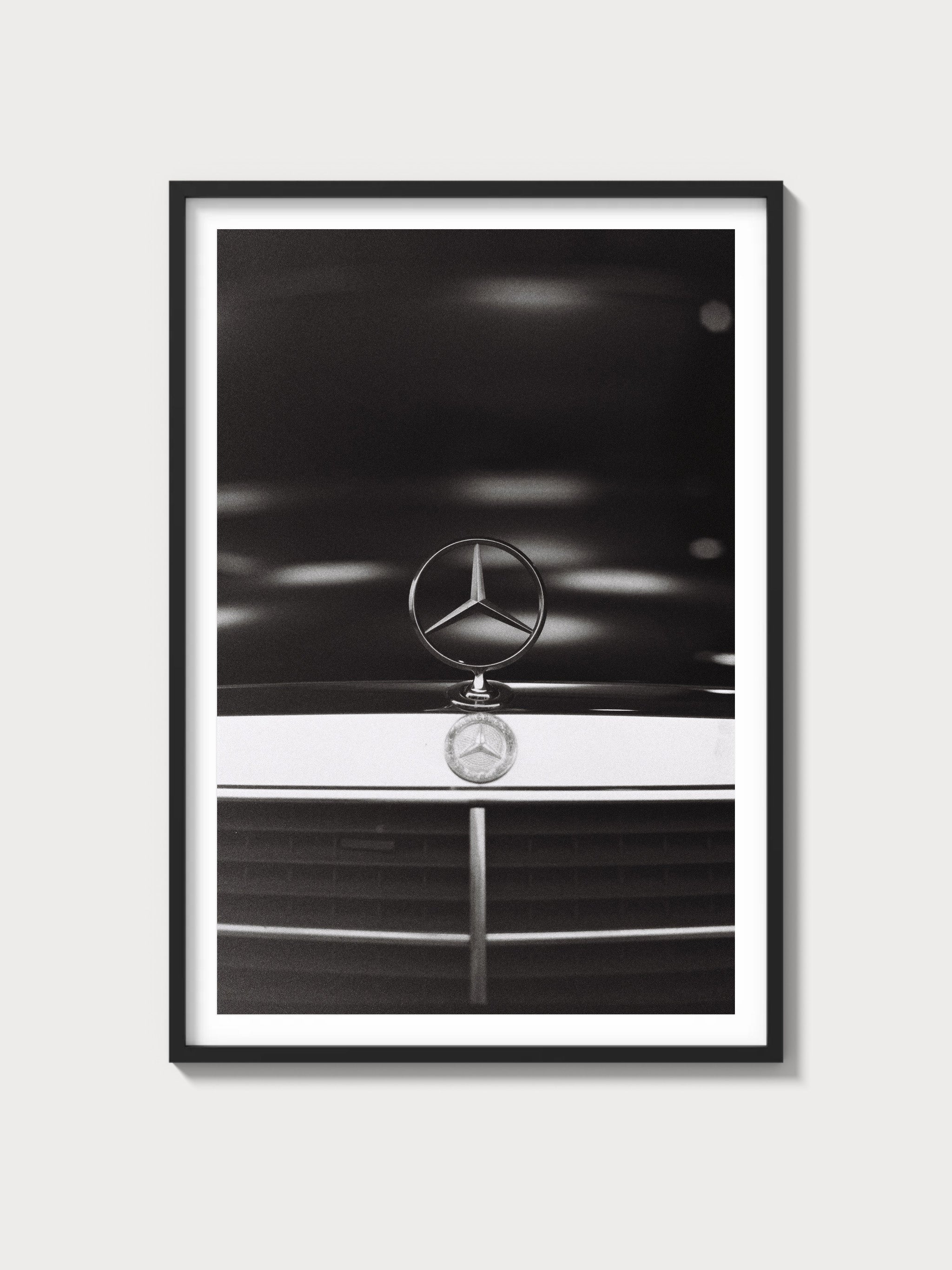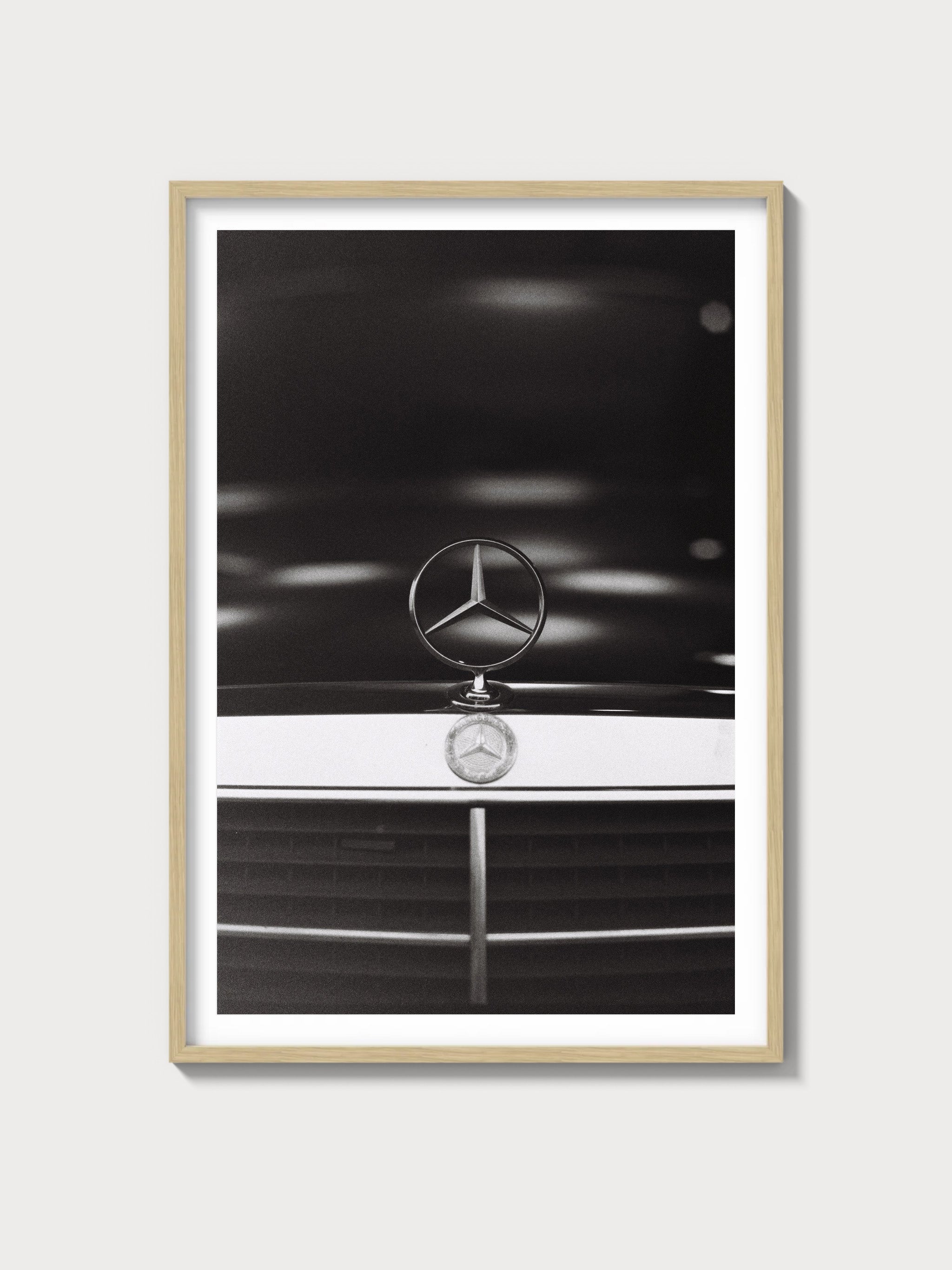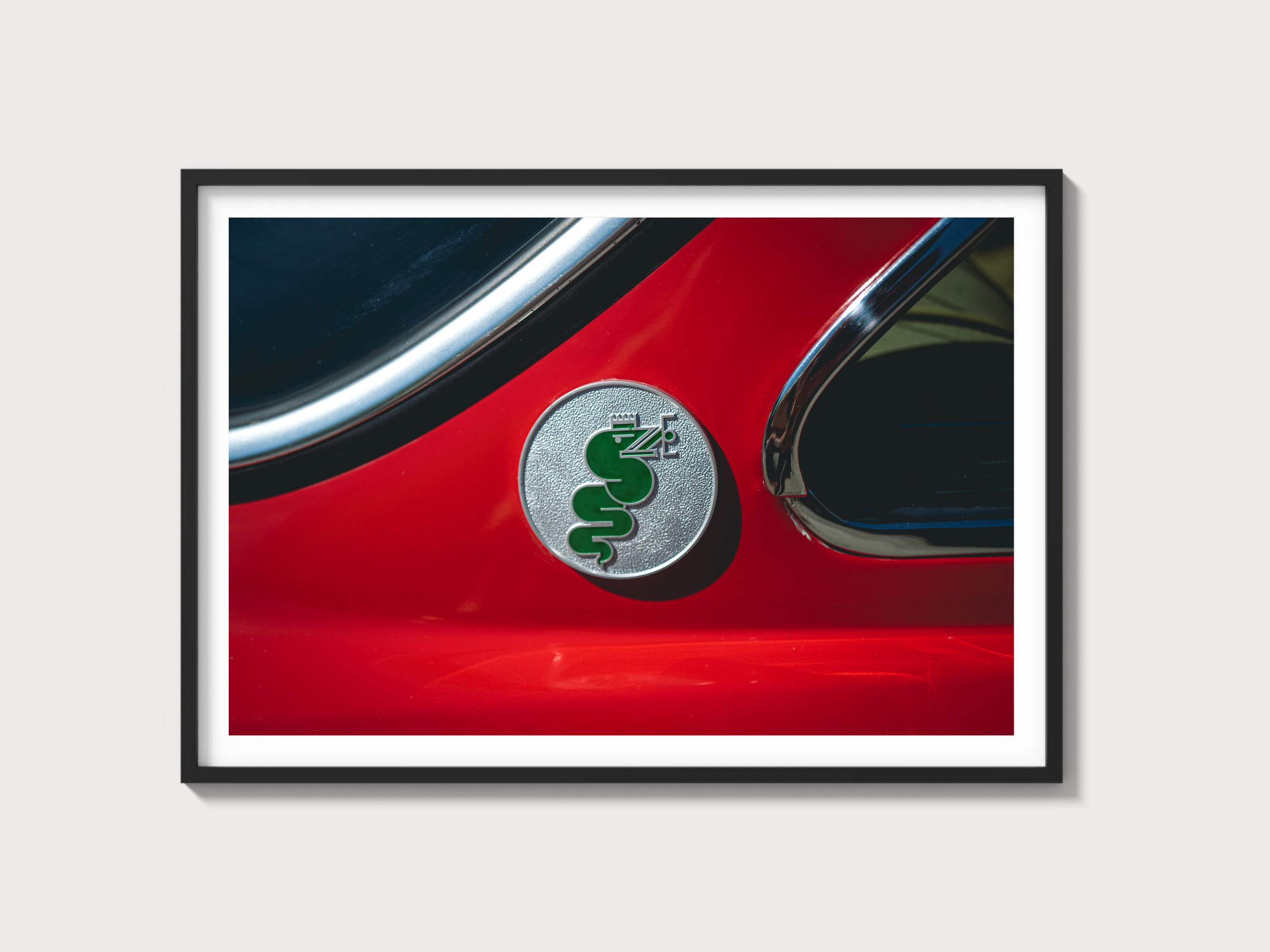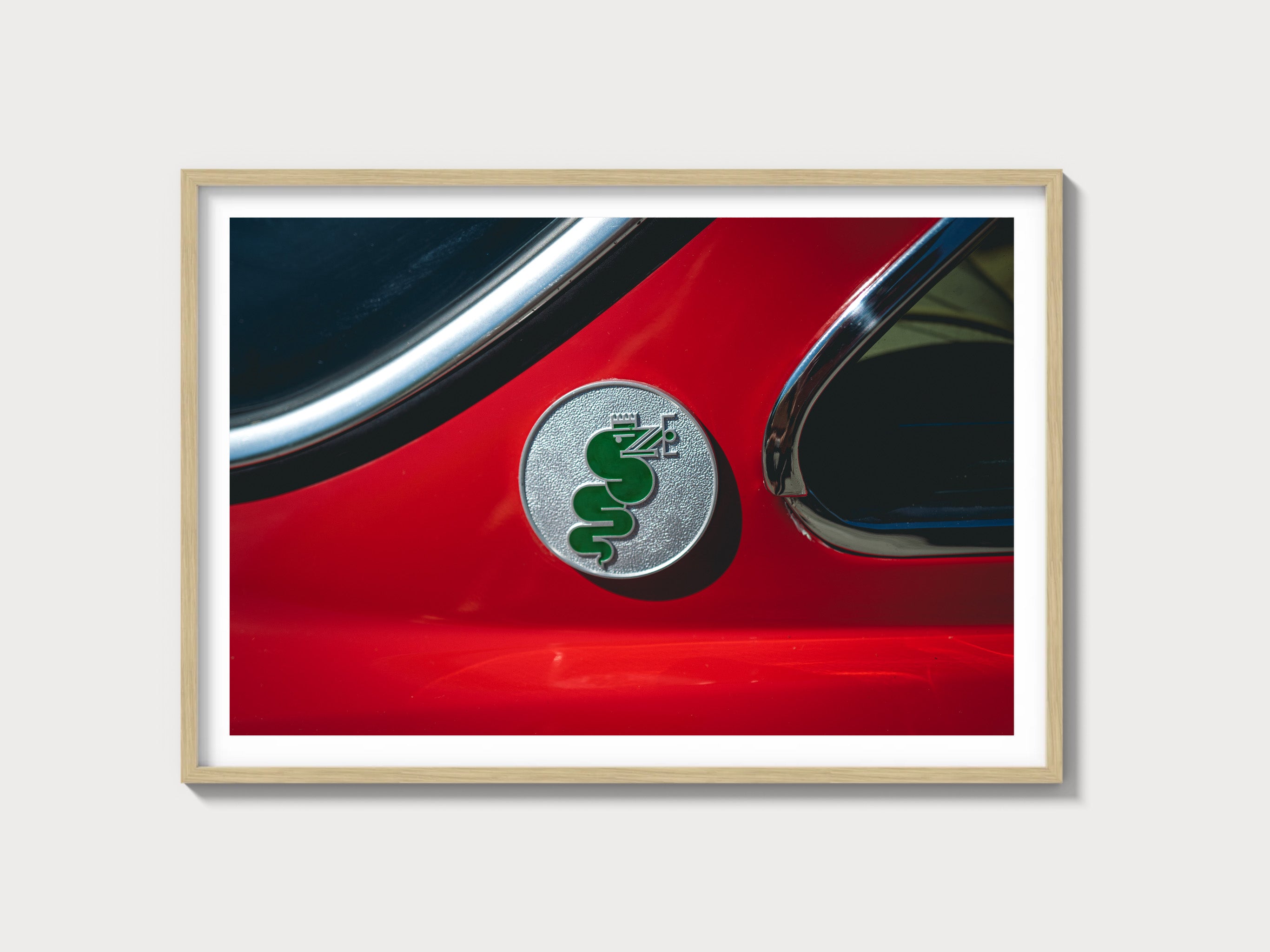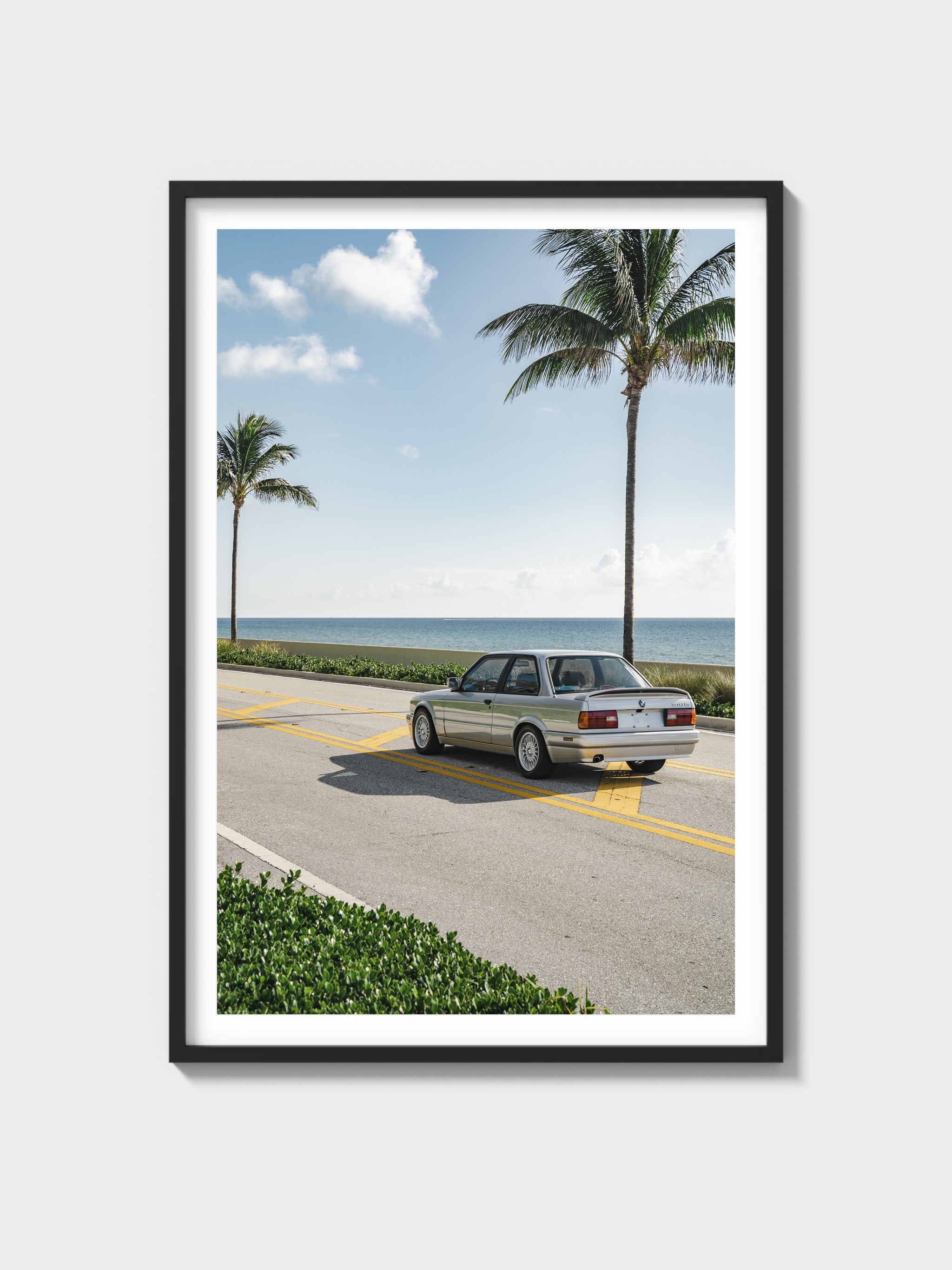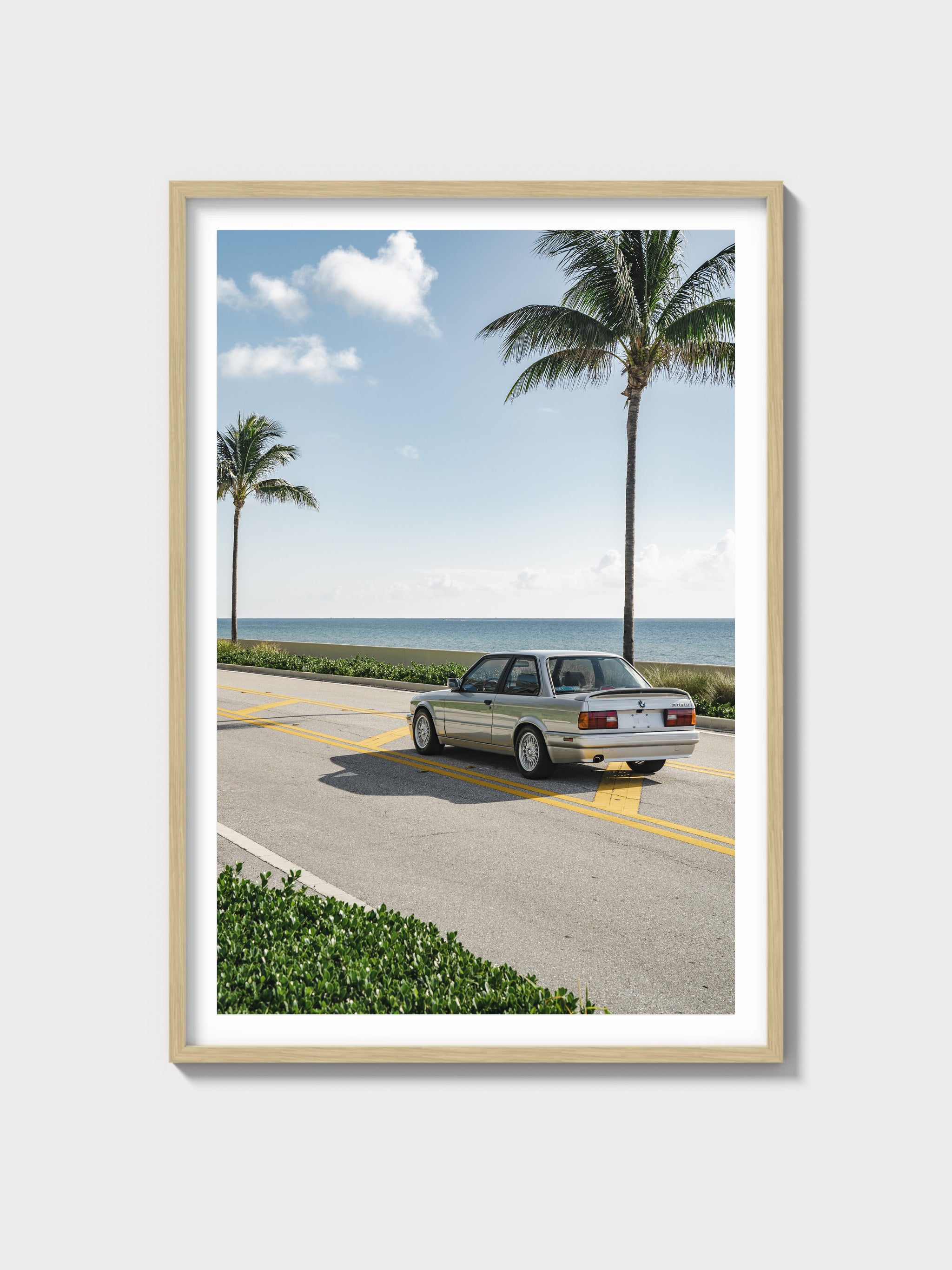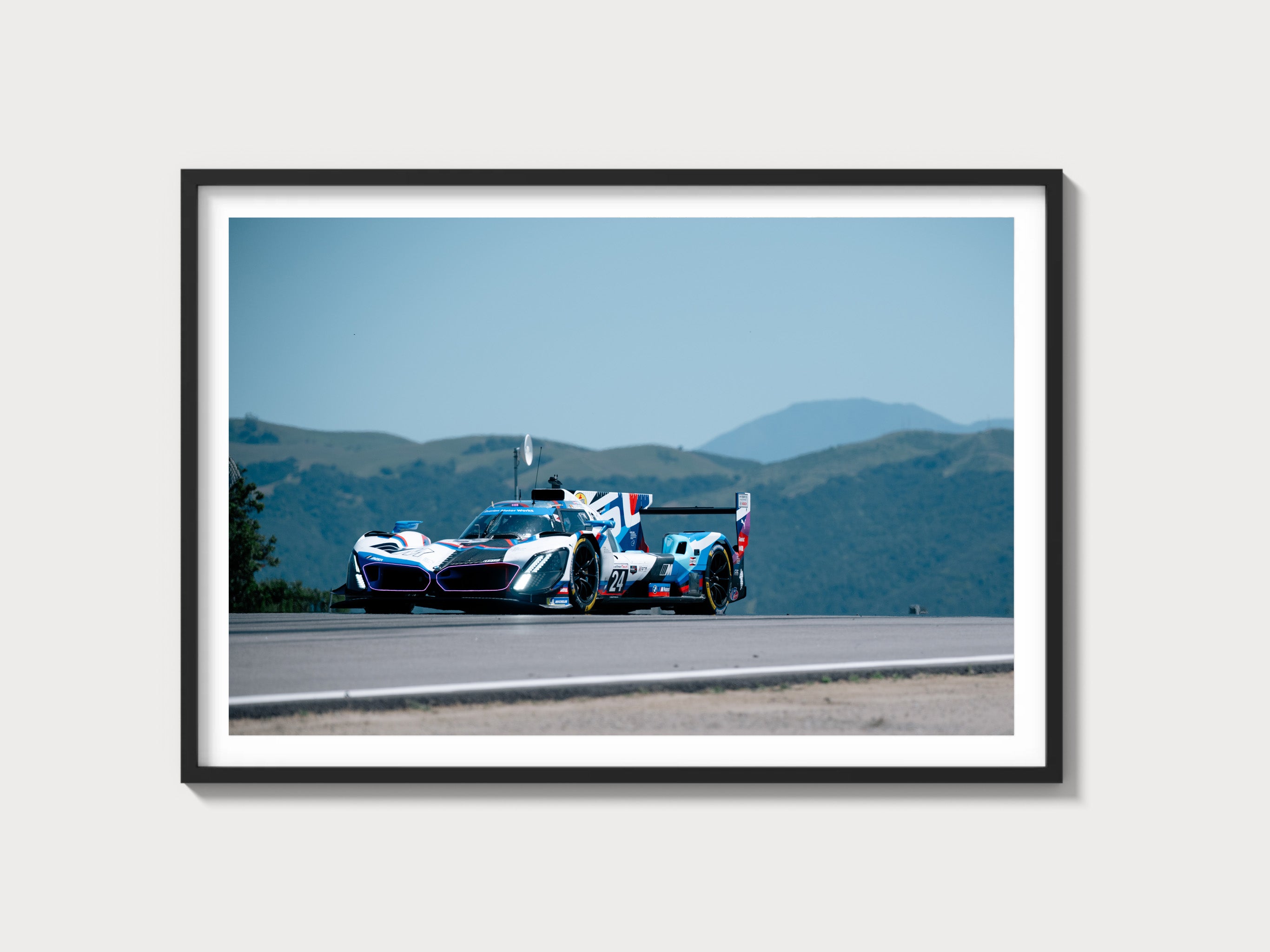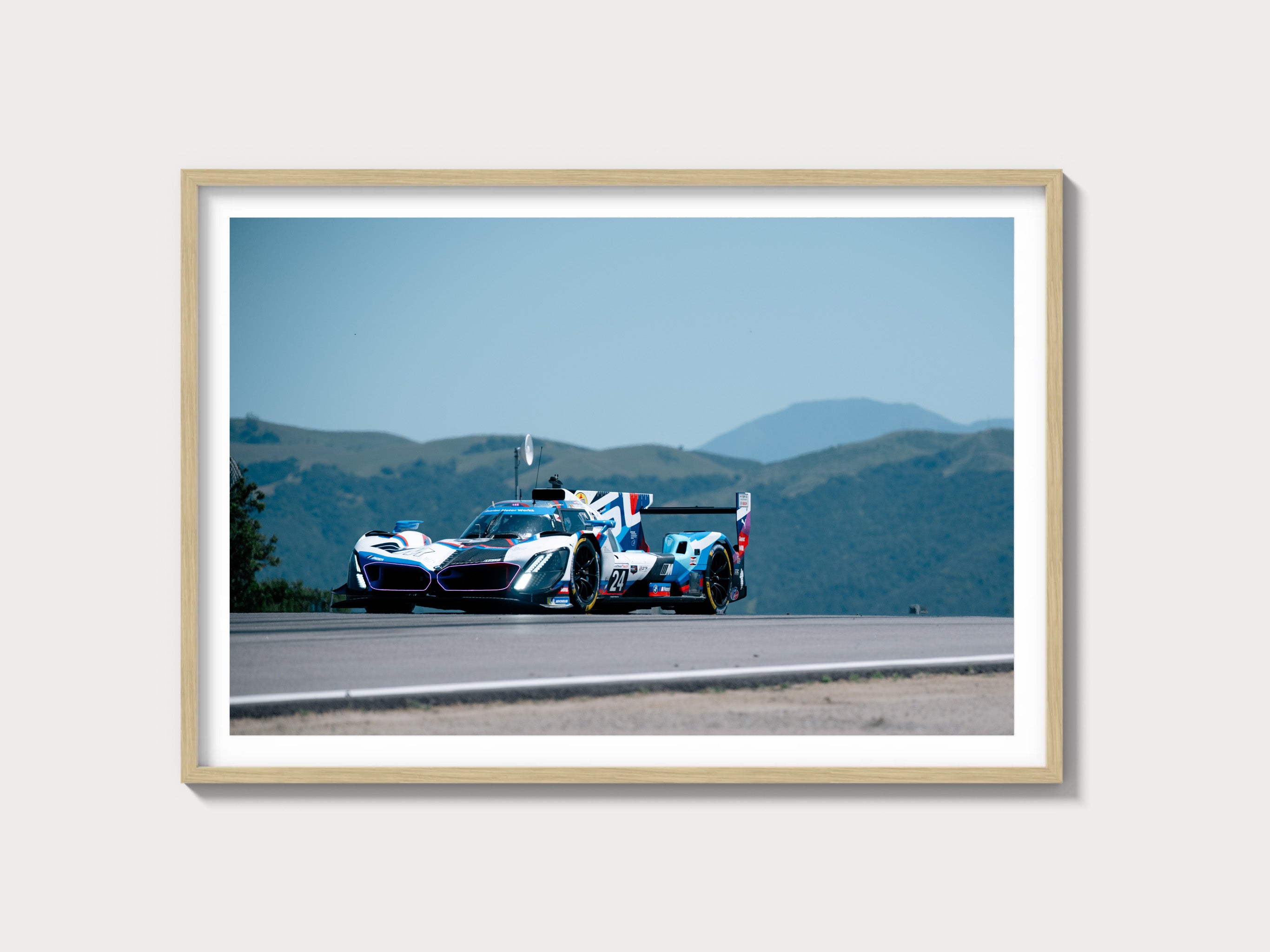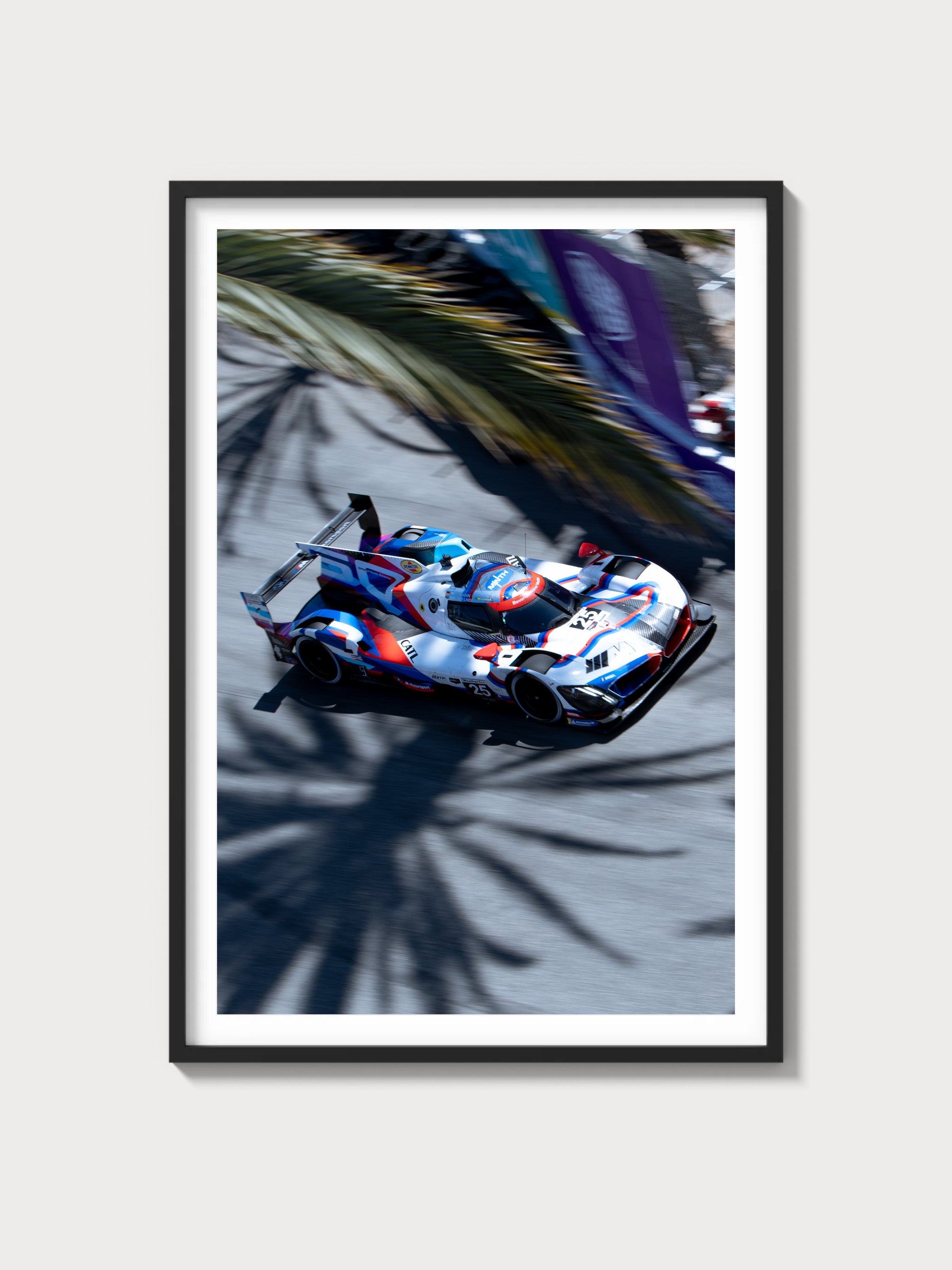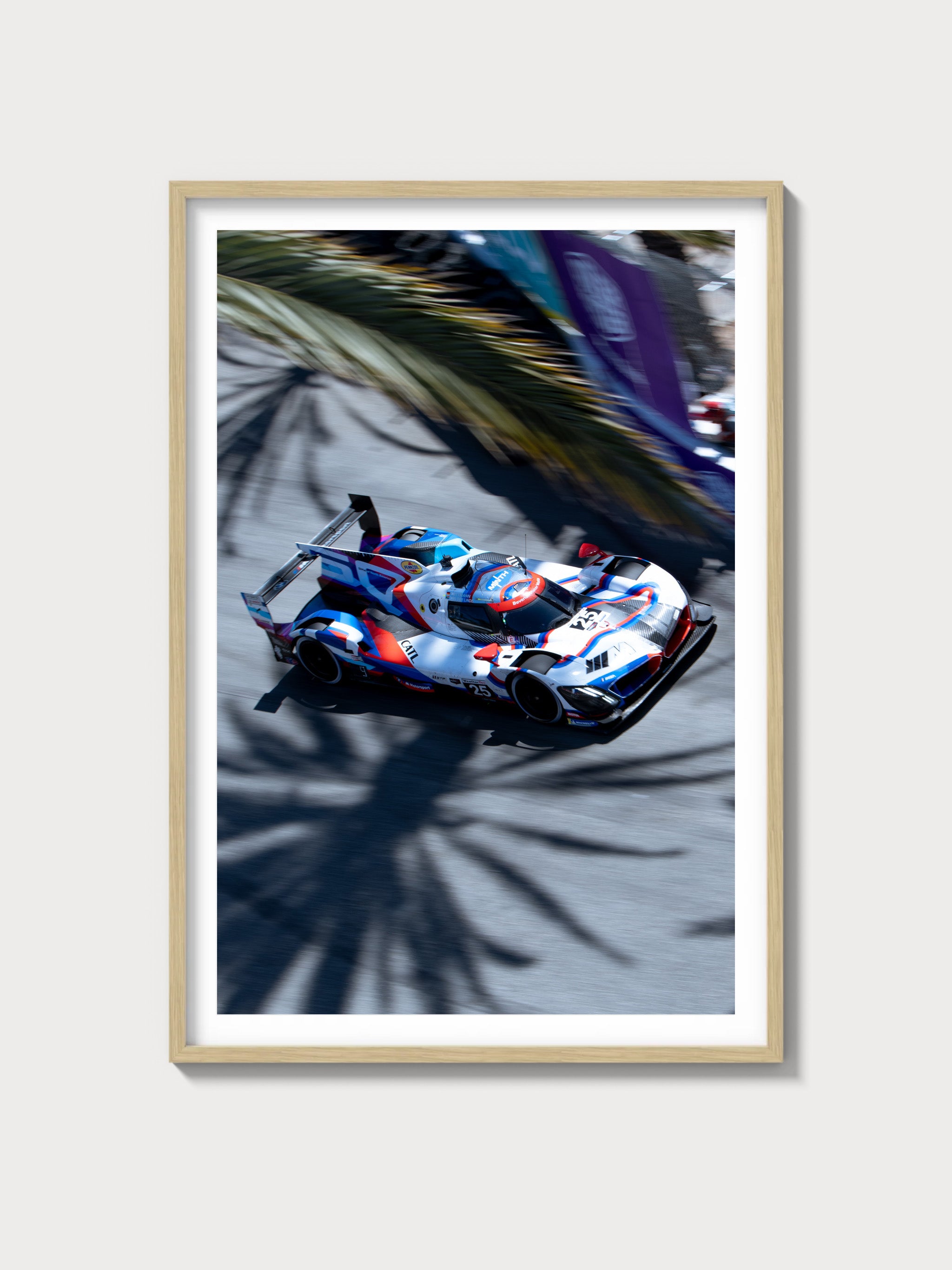1985–1988 Pontiac Fiero GT (First Generation): The Mid-Engine Pontiac That Grew Up
Historical Context and Development Background
The Pontiac Fiero GT sits within the first and only generation of Pontiac’s mid-engine two-seater, a car conceived under fuel-economy pressures yet engineered with a sports-car heart. The program was championed internally by engineers intent on proving a domestic brand could mass-produce a mid-engine car. The result was a steel spaceframe clothed in non-structural composite body panels—an approach that made panel fit repairs straightforward and corrosion far less of a concern than conventional unibody peers.
The GT nameplate arrived for 1985 as the performance and appearance flagship of the Fiero line, itself part of the Pontiac family that traditionally leaned into excitement. The 1985 GT introduced the 2.8-liter L44 V6 and the smoother “aero” nose; in 1986 the GT adopted the fastback rear clip and signature flying-buttress quarter windows, creating the silhouette most enthusiasts associate with the model. The final-year 1988 GT is particularly notable for its all-new, Fiero-specific suspension and vented brakes, the hardware that fully delivered on the mid-engine layout’s promise.
In motorsport, tube-frame, silhouette Fieros developed with Pontiac Motorsports and partners such as Huffaker Engineering made a strong showing in IMSA’s GTU categories, where the platform earned class wins and championships. The road car also gained significant visibility as the 1984 Indianapolis 500 Pace Car (for the model line), which helped cement the Fiero name in American enthusiast culture.
Contemporaries and competitors included the Toyota MR2 (AW11), Fiat/Bertone X1/9, and lower-tier Porsche transaxle cars, each approaching the affordable sports-car brief from different engineering standpoints. Against that backdrop, the Fiero GT’s American V6 character, composite-clad spaceframe, and the later suspension redesign gave it a uniquely Pontiac flavor.
Engine and Technical Specifications
At the heart of the GT is Pontiac’s L44 60-degree pushrod V6—compact, torquey, and simple to service. It brought the Fiero the midrange shove the four-cylinder lacked, paired to either a manual transmission (Muncie 4-speed in 1985; Getrag/Muncie HM282 5-speed beginning for the V6 in 1986) or a TH125C 3-speed automatic across the run.
| Specification | L44 V6 Detail |
|---|---|
| Engine configuration | 60° OHV V6, iron block/heads |
| Displacement | 2,793 cc (2.8 liters) |
| Horsepower | 140 hp @ ~5,200 rpm (published rating) |
| Torque | ~170 lb-ft @ ~3,600 rpm (published rating) |
| Induction | Naturally aspirated |
| Redline | ~6,000 rpm |
| Fuel system | Multi-port fuel injection (MPFI) |
| Compression ratio | Approx. 8.9:1 |
| Bore x Stroke | 89.0 mm x 76.0 mm (3.50 in x 2.99 in) |
Driving Experience and Handling Dynamics
The GT’s demeanor is defined by its layout. With the engine amidships and a short wheelbase, the car rotates eagerly into a corner and puts power down well on exit, particularly with the 5-speed. Steering feel is unassisted and honest, with moderate effort and a tight on-center once aligned properly. Brake pedal travel is firm and progressive; the 1988 vented discs markedly improve thermal capacity versus earlier solid rotors.
Suspension is the story of two eras. The 1985–1987 cars use front components derived from compact GM hardware and a rear strut layout adapted from front-drive pieces. Those cars can exhibit rear bump steer when driven hard, though proper bushings, alignment, and modern tires tame much of it. In 1988 Pontiac finally delivered a bespoke setup: a short/long-arm front with revised geometry and a tri-link strut rear with an isolated toe link—curing the wayward toe change and giving the car both better compliance and precision. The ’88 GT stands apart for its composure on broken surfaces and its consistent, confidence-inspiring turn-in.
The L44 V6 brings a broad, tractable torque curve and a sound that’s unmistakably American V6 of the era—husky at low revs, thrummy near redline. Throttle response is clean thanks to MPFI, and the Getrag 5-speed’s ratios keep the engine in its sweet spot. The TH125C automatic blunts urgency but suits relaxed cruising. Overall, a well-sorted GT feels light on its feet, with the 1988 cars delivering the most resolved chassis.
Full Performance Specifications
| Metric | Figure |
|---|---|
| 0–60 mph | ~7.5–8.5 seconds (transmission/year dependent) |
| Top speed | ~125 mph (published) |
| Quarter-mile | ~15.8–16.4 sec (typical period tests) |
| Curb weight | ~2,700–2,800 lb (equipment/transmission dependent) |
| Layout | Mid-engine, rear-wheel drive |
| Brakes | 4-wheel discs; vented rotors (1988), solid rotors (1985–87) |
| Front suspension | 1985–87: SLA-derived components; 1988: bespoke short/long arm |
| Rear suspension | 1985–87: strut with toe link (bump steer-prone); 1988: tri-link strut with isolated toe |
| Gearbox | 1985: 4-speed manual (V6) or 3-speed auto; 1986–88 V6: Getrag 5-speed manual or 3-speed auto |
Variant Breakdown (1985–1988 Pontiac Fiero GT)
The GT sat atop the Fiero range during these years. Key model-year changes are central to collectibility and driving character.
| Model year | Approx. production | Body/appearance | Powertrain | Notable differences |
|---|---|---|---|---|
| 1985 GT | ~22,500 (widely cited) | Notchback with aero nose | 2.8L L44 V6; 4-speed manual or 3-speed auto | First V6 Fiero; larger fuel tank vs 1984; GT-specific trim/badging |
| 1986 GT | ~17,700 (widely cited) | Fastback with flying-buttress sail panels | 2.8L L44 V6; Getrag 5-speed manual (V6) or 3-speed auto | Iconic fastback styling; 15-inch lace wheels; improved gearing |
| 1987 GT | ~16,000 (widely cited) | Fastback | 2.8L L44 V6; 5-speed manual or 3-speed auto | Refinements; updated headlight motors; minor trim/color changes |
| 1988 GT | ~6,848 (widely cited) | Fastback | 2.8L L44 V6; 5-speed manual or 3-speed auto | All-new suspension; vented brakes; unique hubs/bearings; rare colors incl. Yellow |
Colors varied by year and market; GTs commonly appeared in Bright Red, Black, Silver, and White, with select metallics and limited hues depending on year. 15-inch “lace” alloys and GT-specific interior trim were standard hallmarks.
Ownership Notes: Maintenance, Parts, Restoration
- Spaceframe and body: Composite exterior panels resist corrosion, but inspect the steel spaceframe thoroughly—front frame rails, rear trunk corners (beneath the carpeting), and cradle mounts are known rust points in harsh climates.
- Cooling system: Proper bleeding is critical to avoid hot spots; crushed side coolant tubes (from incorrect jack placement) are common and should be checked.
- Engine: The L44 is generally robust. Typical age-related items include EGR tube cracks (vacuum leaks/idle issues), distributor ignition module heat failure, valve cover and intake plenum gasket seepage, and accessory belt squeal if misaligned. Timing chain service is rarely needed unless high mileage/noise dictates.
- Transmissions: The Getrag 5-speed is durable; shift cables and select bearings/bushings age. The TH125C automatic is reliable but benefits from fluid/filter service and TV cable adjustment.
- Suspension/brakes: 1988-specific front hubs and rear bearings are unique and costlier; the trade-off is markedly better ride/handling and vented rotors. Earlier cars benefit from fresh bushings, quality dampers, and a professional alignment targeting reduced rear toe change.
- Electrical: 1984–86 headlight motors are failure-prone; 1987–88 use an improved design. Window regulators and door dew wipes commonly require refresh. Keep spare ignition modules and thermal compound in the toolkit.
- Trim: 1986–88 GT fastback sail panels and the “PONTIAC” tail lamp lenses are sought-after; delamination and cracking are frequent. Good original pieces fetch strong money.
- Service intervals: Conventional oil changes at sensible intervals, coolant every few years, brake fluid refresh, and periodic ignition tune-ups keep the car healthy. Follow factory schedules for filters and drive belts.
- Parts availability: Mechanical components are largely shared with period GM 60° V6 applications and remain accessible. Model-specific 1988 suspension/brake parts and certain GT trim pieces are the hardest to source.
Cultural Relevance and Market Perspective
Beyond its Indy pace car lineage (for the model line) and IMSA presence, the Fiero developed a second life as a kit-car donor thanks to its mid-engine spaceframe and removable panels—an odd compliment that speaks to the platform’s adaptability. The 1986–88 GT fastback is the poster car of the series, while the 1988 GT has long been the connoisseur’s choice for its chassis.
Collector interest centers on low-mile, original 5-speed GTs—especially 1988 models and uncommon colors. Clean, documented examples have achieved solid five-figure results at enthusiast auctions, with mileage, year, and originality exerting the strongest influence on price.
FAQs
What distinguishes the Fiero GT from other first-generation Fieros?
The GT added the 2.8L L44 V6, GT-specific aero trim, upgraded wheels/tires, and later the fastback body (1986–88). The 1988 GT gained a bespoke suspension and vented brakes, a major dynamic step over earlier years.
How quick is a stock Fiero GT?
Period tests typically recorded 0–60 mph in roughly 7.5–8.5 seconds and a top speed around 125 mph. Quarter-mile times clustered in the high-15s to low-16s.
Is the 1988 GT really that much better to drive?
Yes. The 1988’s unique geometry and vented brakes meaningfully reduce bump steer and fade, delivering a more precise and compliant car. Enthusiasts generally regard it as the sweet spot.
Known problem areas?
Cracked EGR tubes, aging ignition modules, worn suspension bushings (especially pre-1988), crushed side coolant tubes, and rust in the spaceframe’s hidden sections. Fastback sail panels and tail lamp lenses are fragile and expensive.
Manual or automatic?
The 5-speed manual best exploits the V6’s torque and the chassis balance. The TH125C 3-speed automatic is durable but less engaging and taller-geared in practice.
What about the 1985 GT versus the 1986–88 fastback?
Mechanically similar, the 1985 retains the notchback with aero nose and uses a 4-speed manual with the V6. The 1986–88 GTs wear the fastback body and, for the V6, the Getrag 5-speed. The 1988 adds the definitive suspension/brake package.
Are parts difficult to find?
General service and engine parts are widely available. Some model-specific trim (fastback glass, tail lamps) and 1988 hubs/rotors can be scarce and command premiums.
What are typical curb weights?
Most GTs fall between roughly 2,700 and 2,800 pounds depending on equipment and transmission.
Conclusion
As part of Pontiac’s first-generation Fiero family, the 1985–1988 Fiero GT matured from a stylish commuter into a genuinely engaging mid-engine sports car—culminating in the 1988 model’s cohesive chassis. For collectors and drivers alike, a well-kept GT—especially a 5-speed, ideally from 1988—delivers uniquely American mid-engine character, approachable maintenance, and enduring curb appeal.

